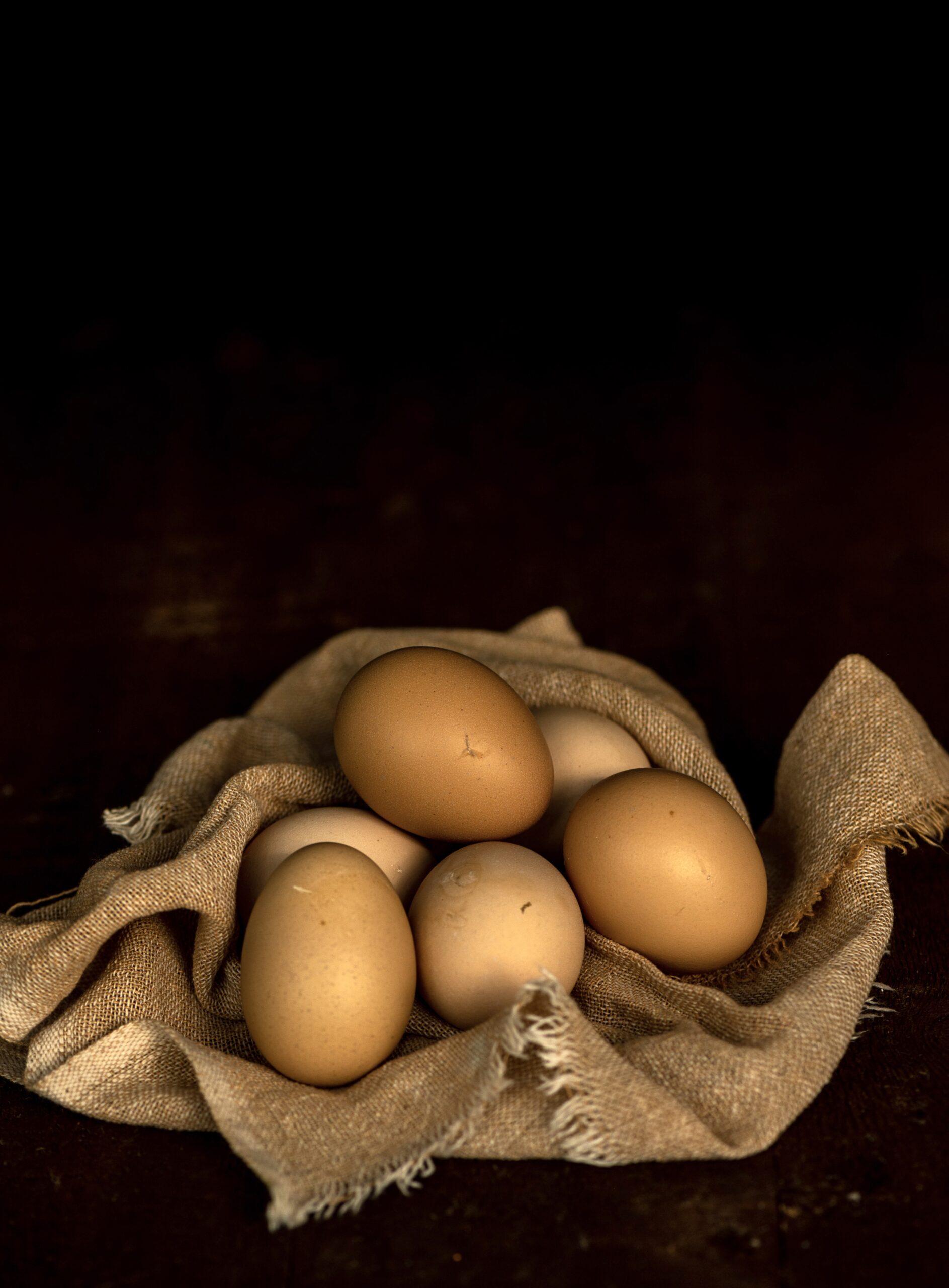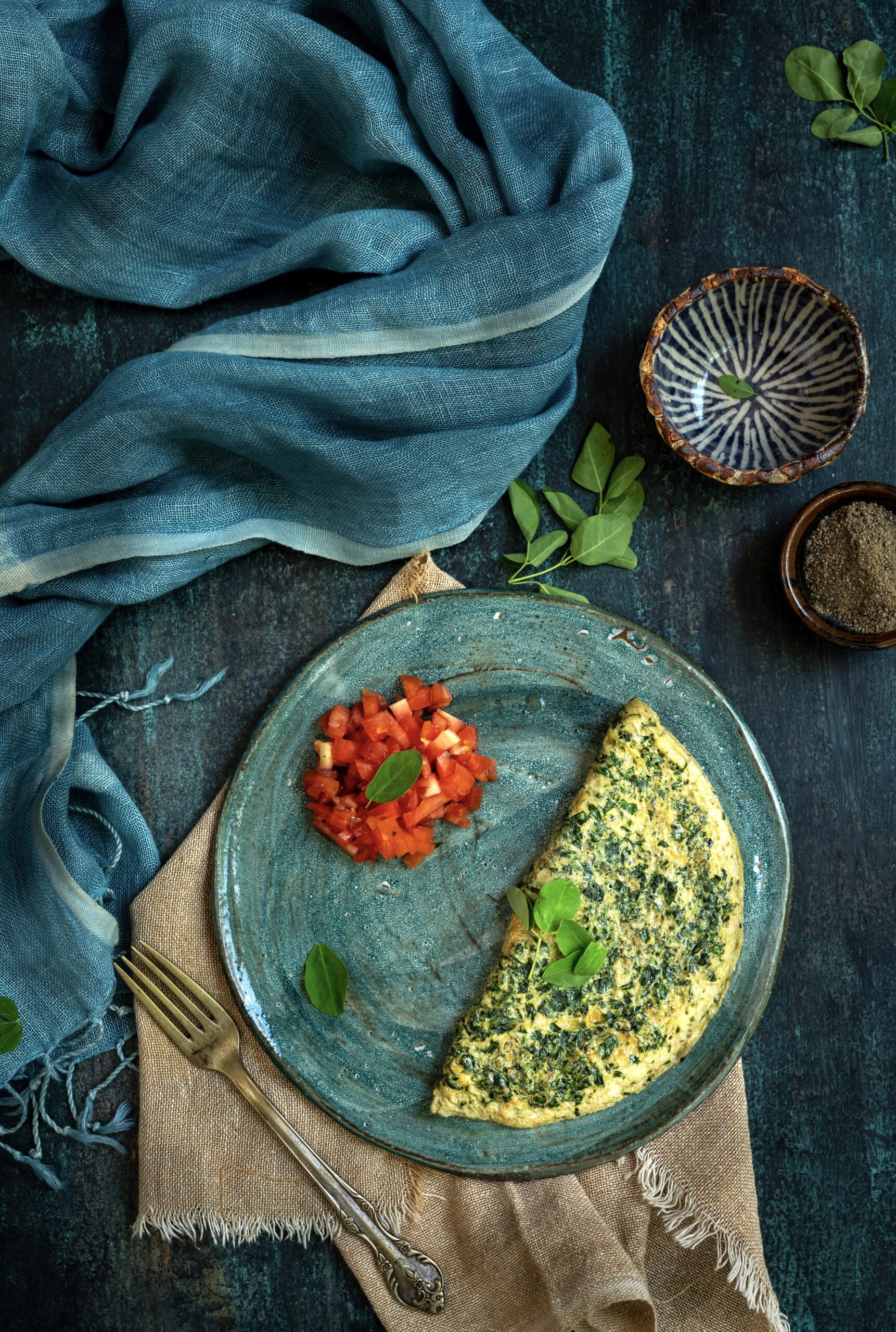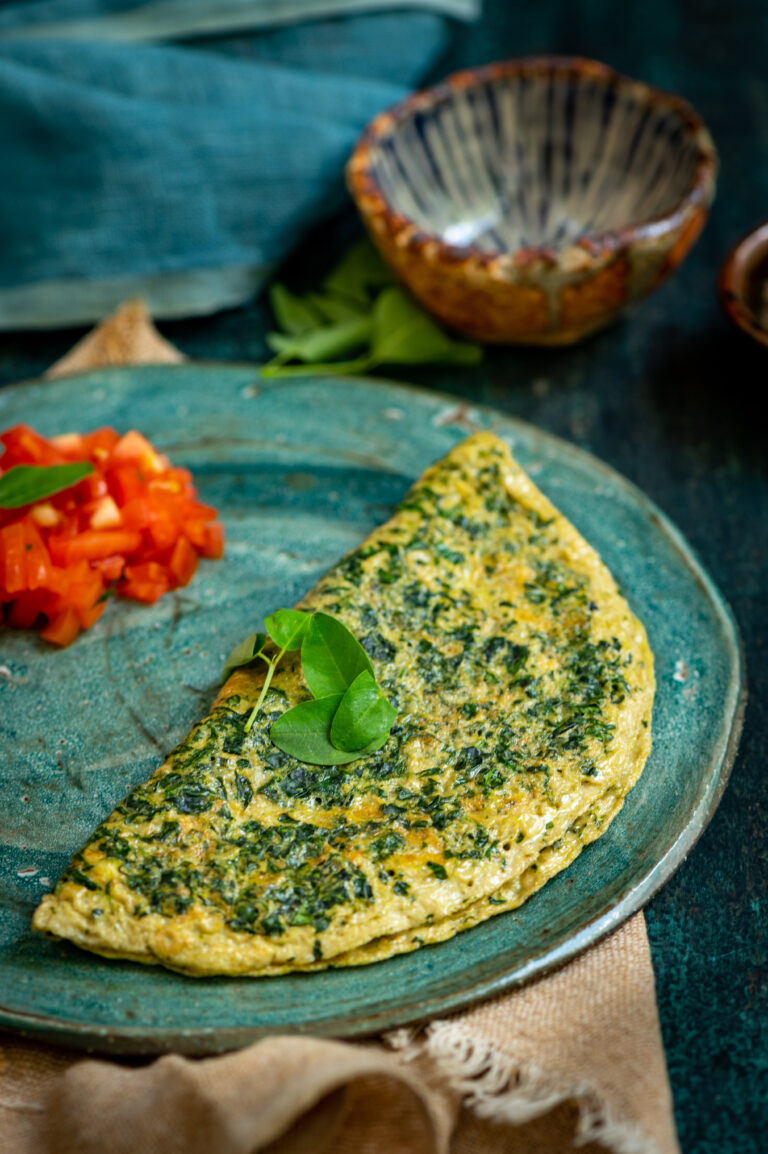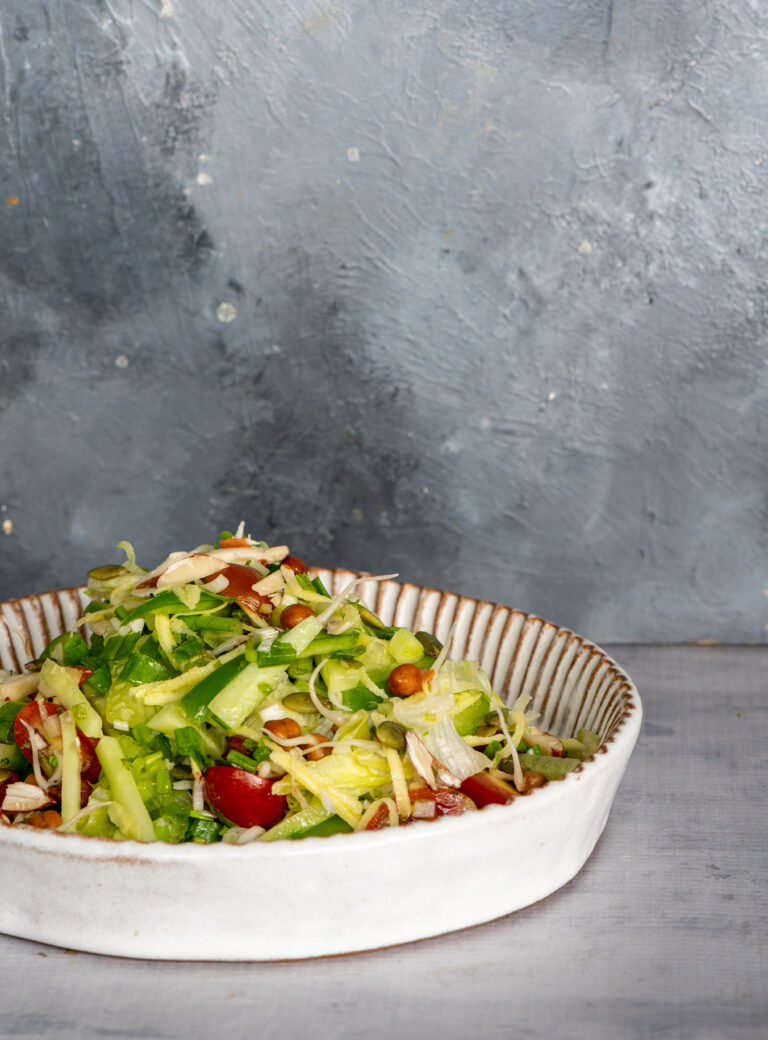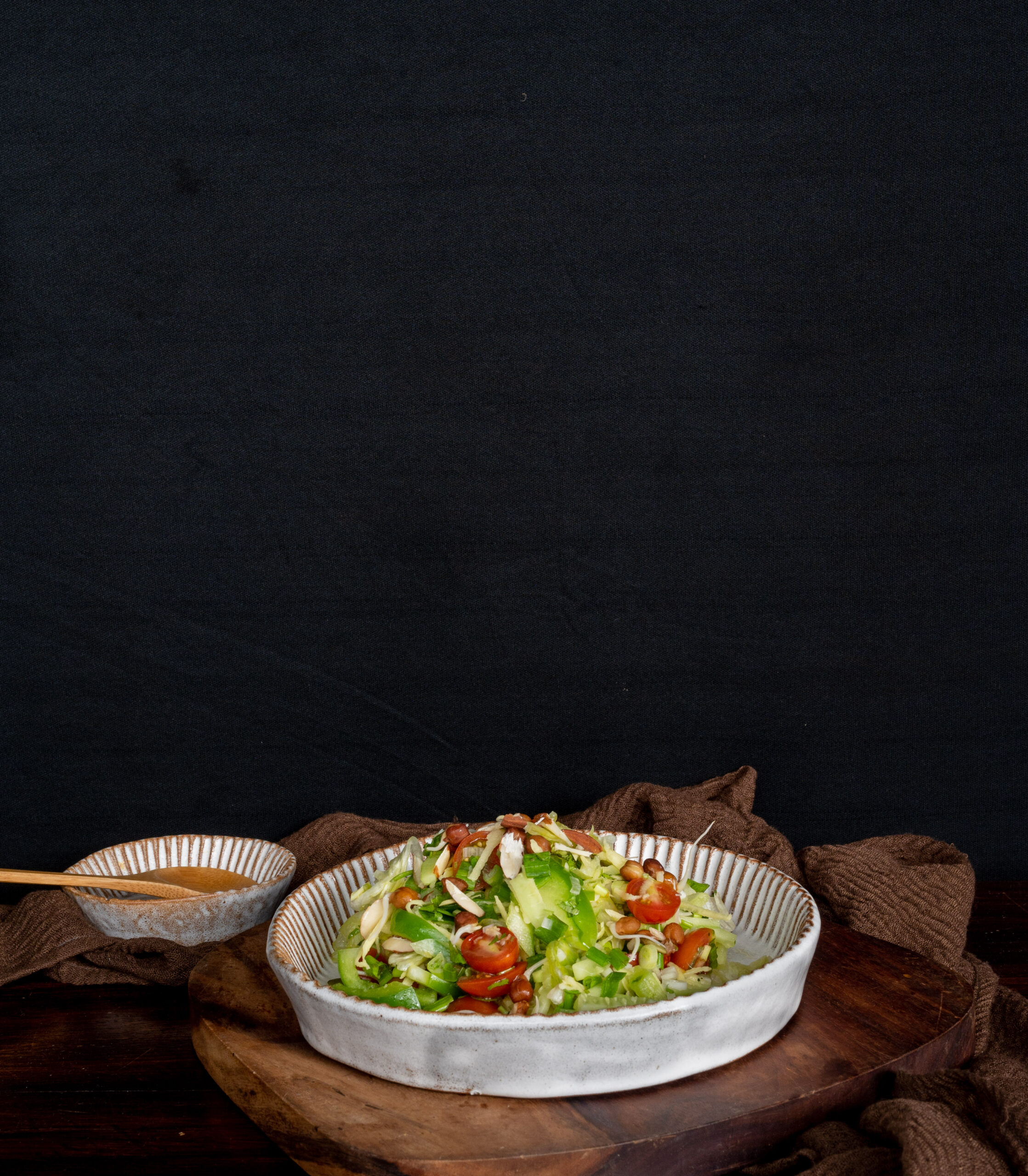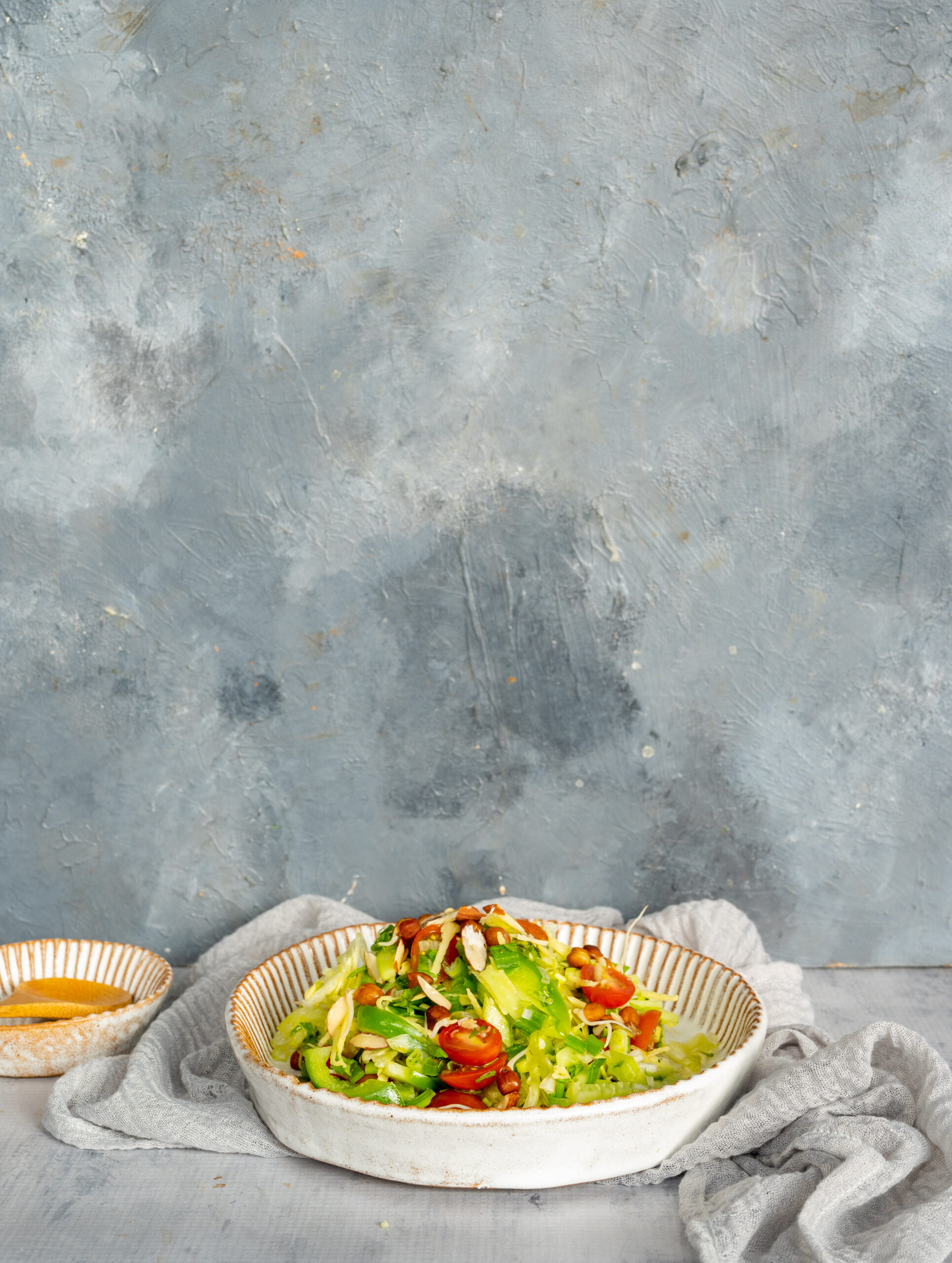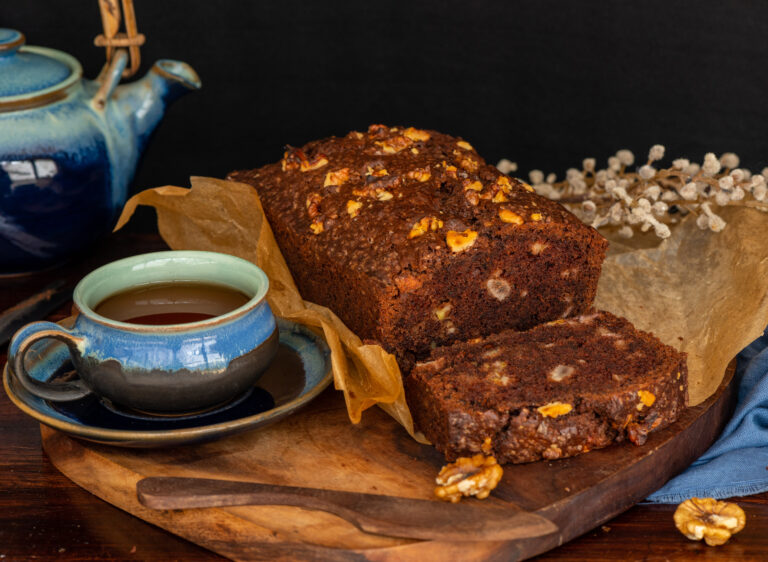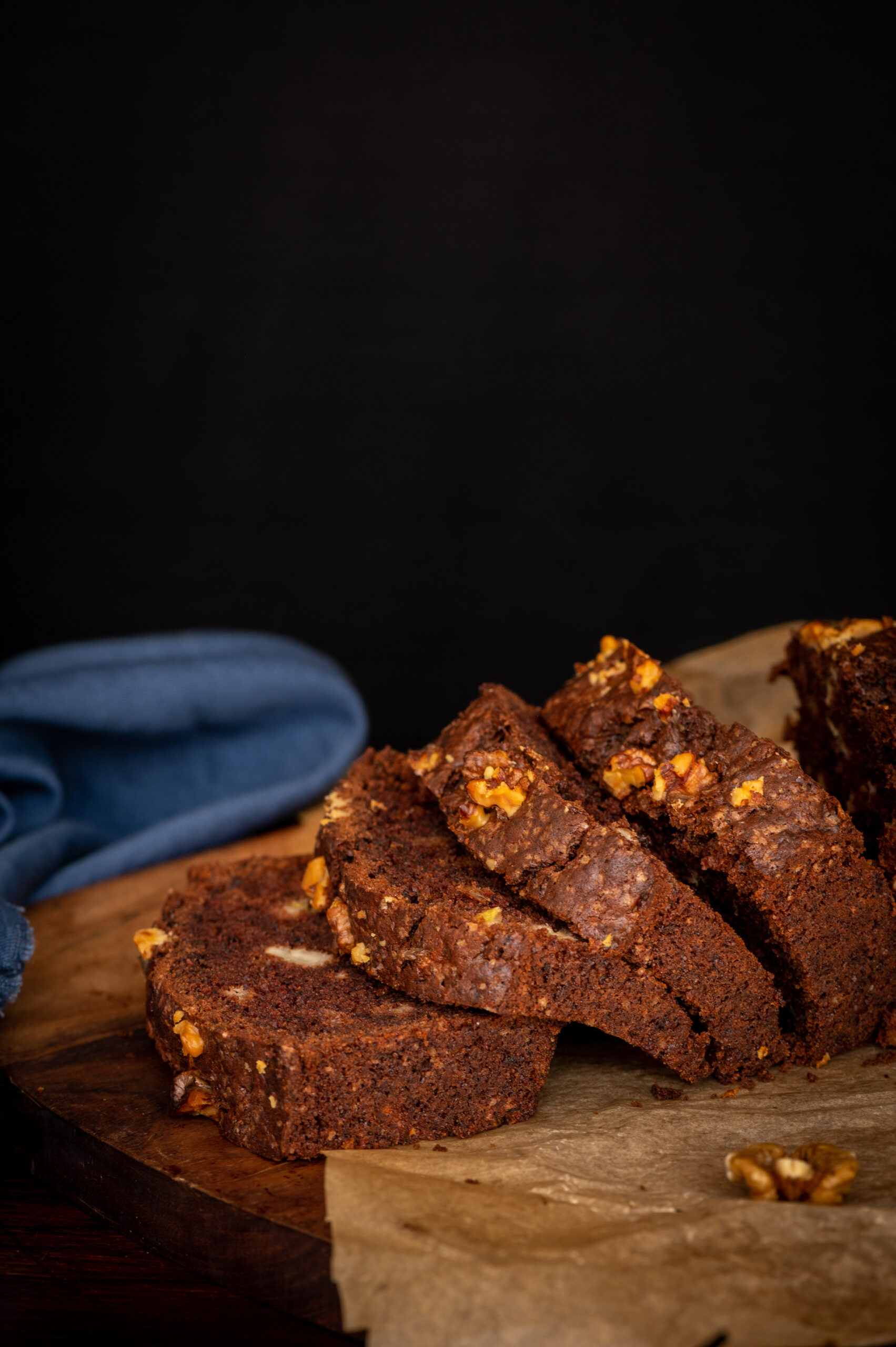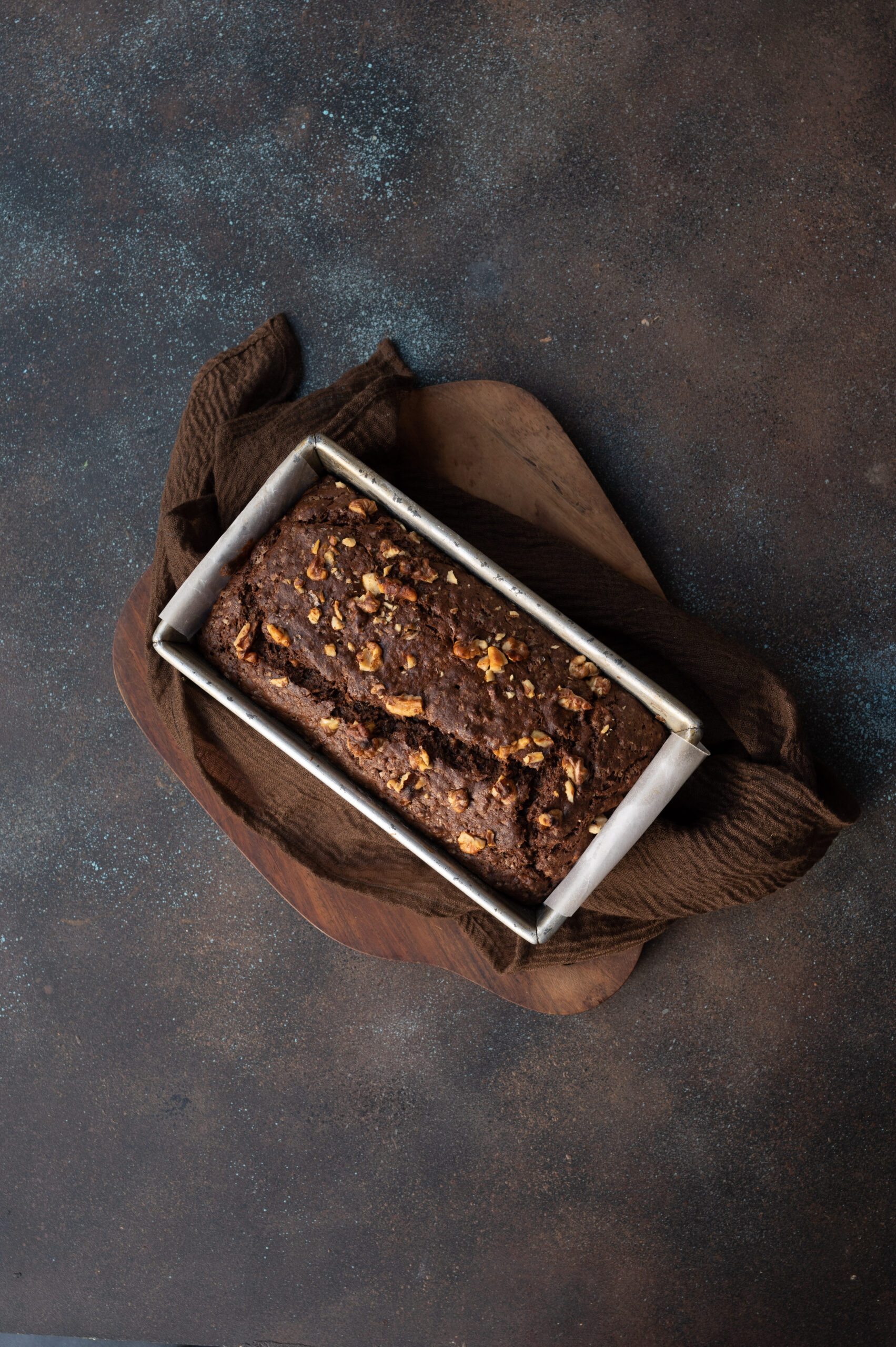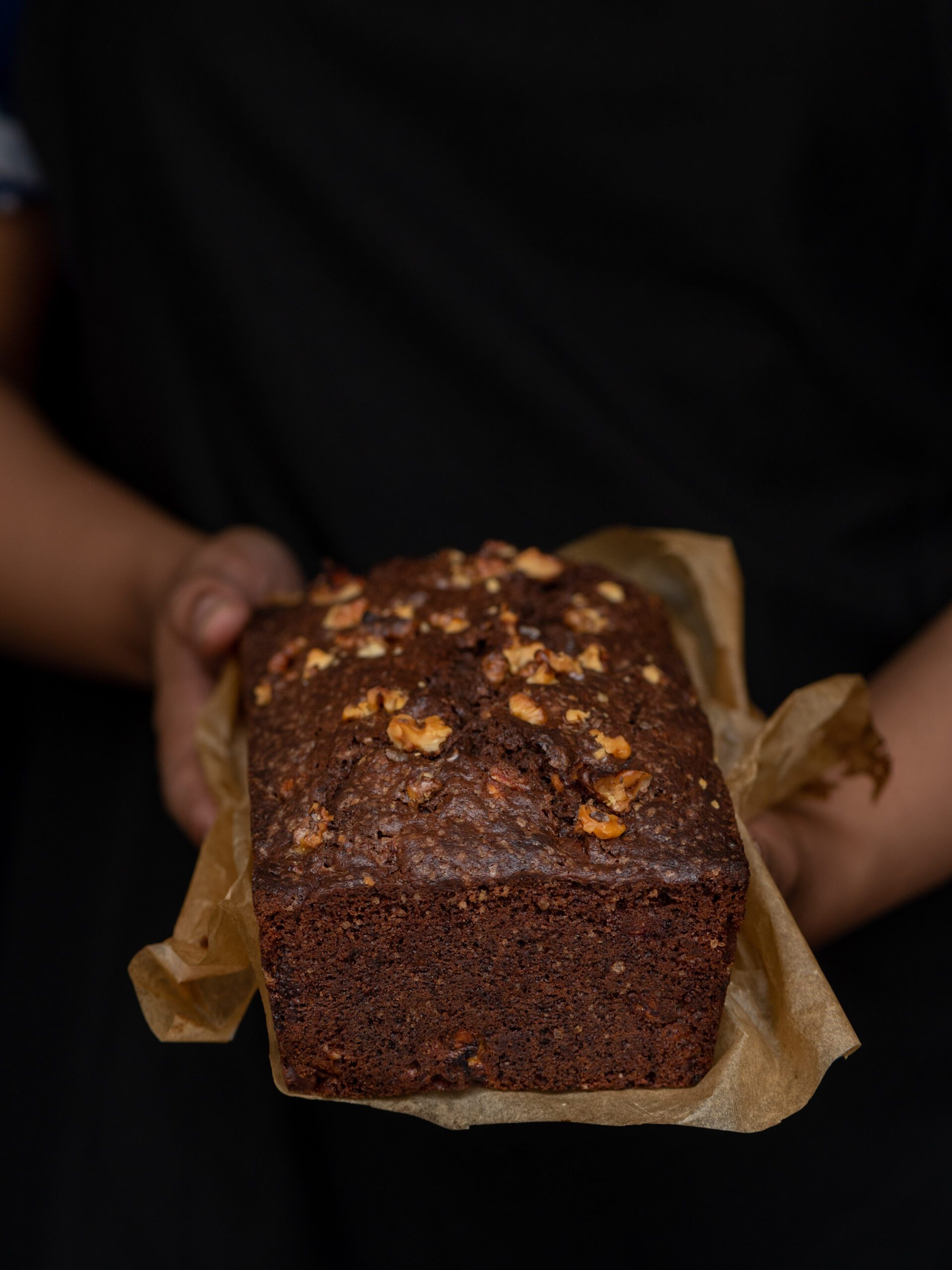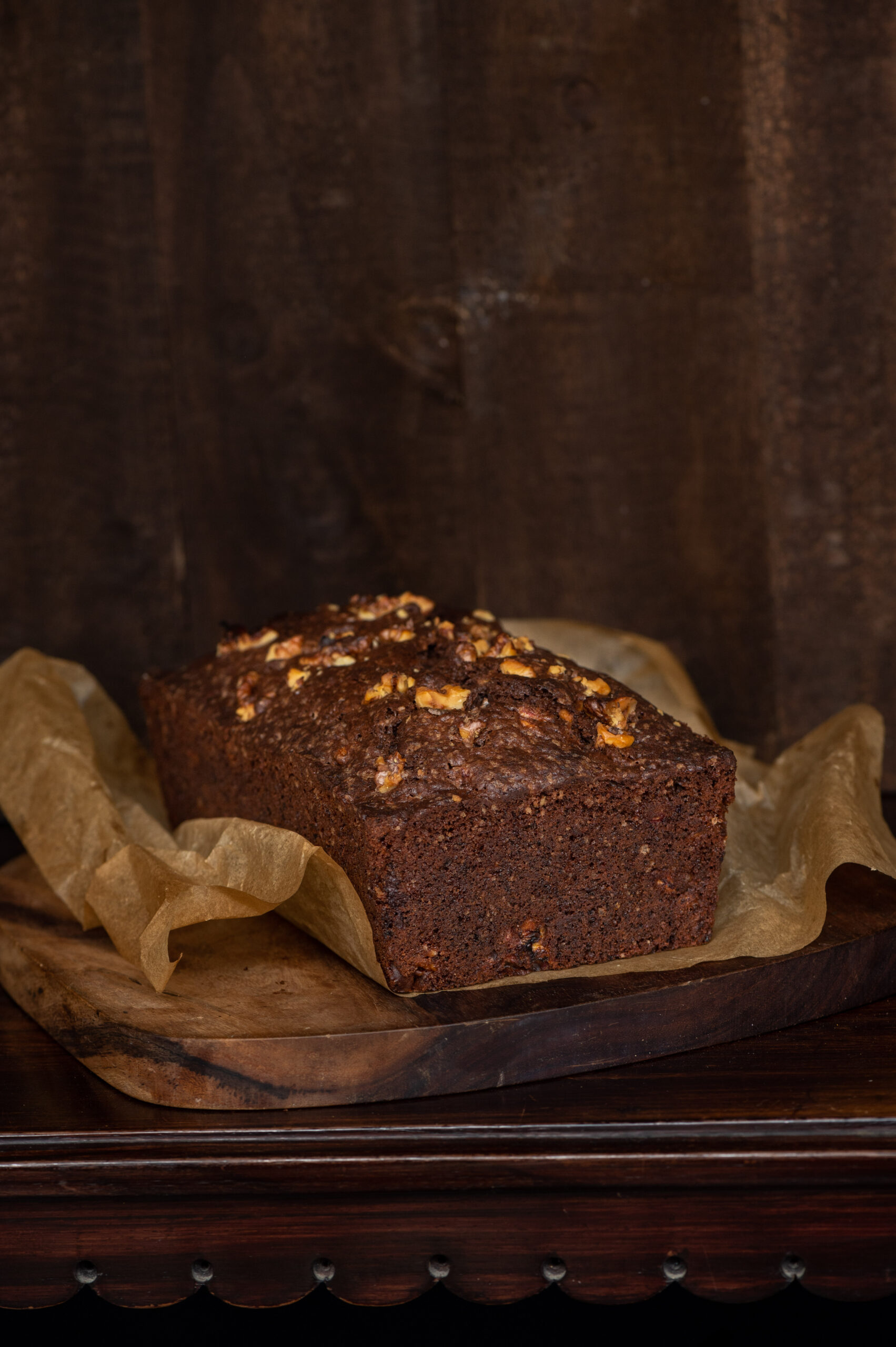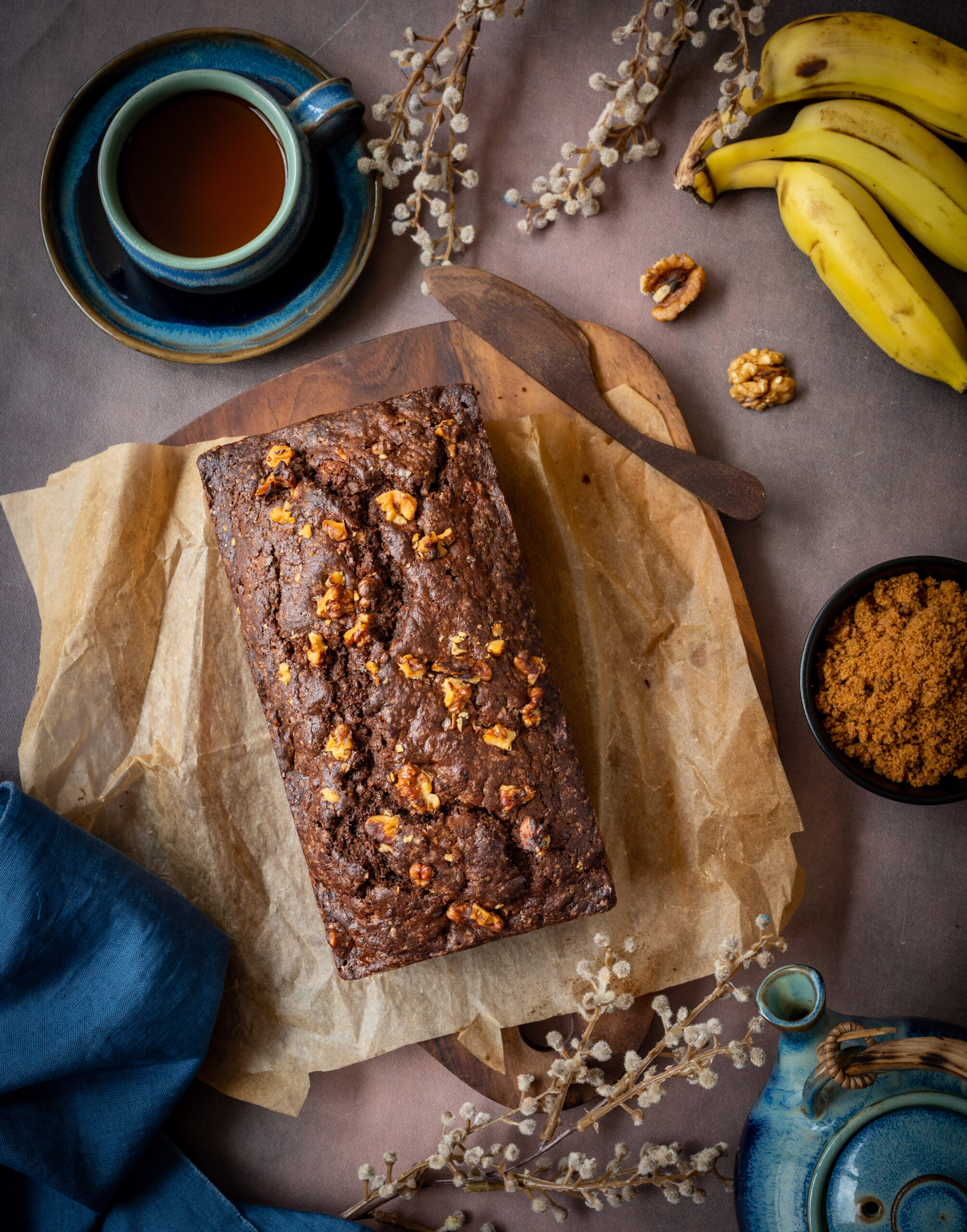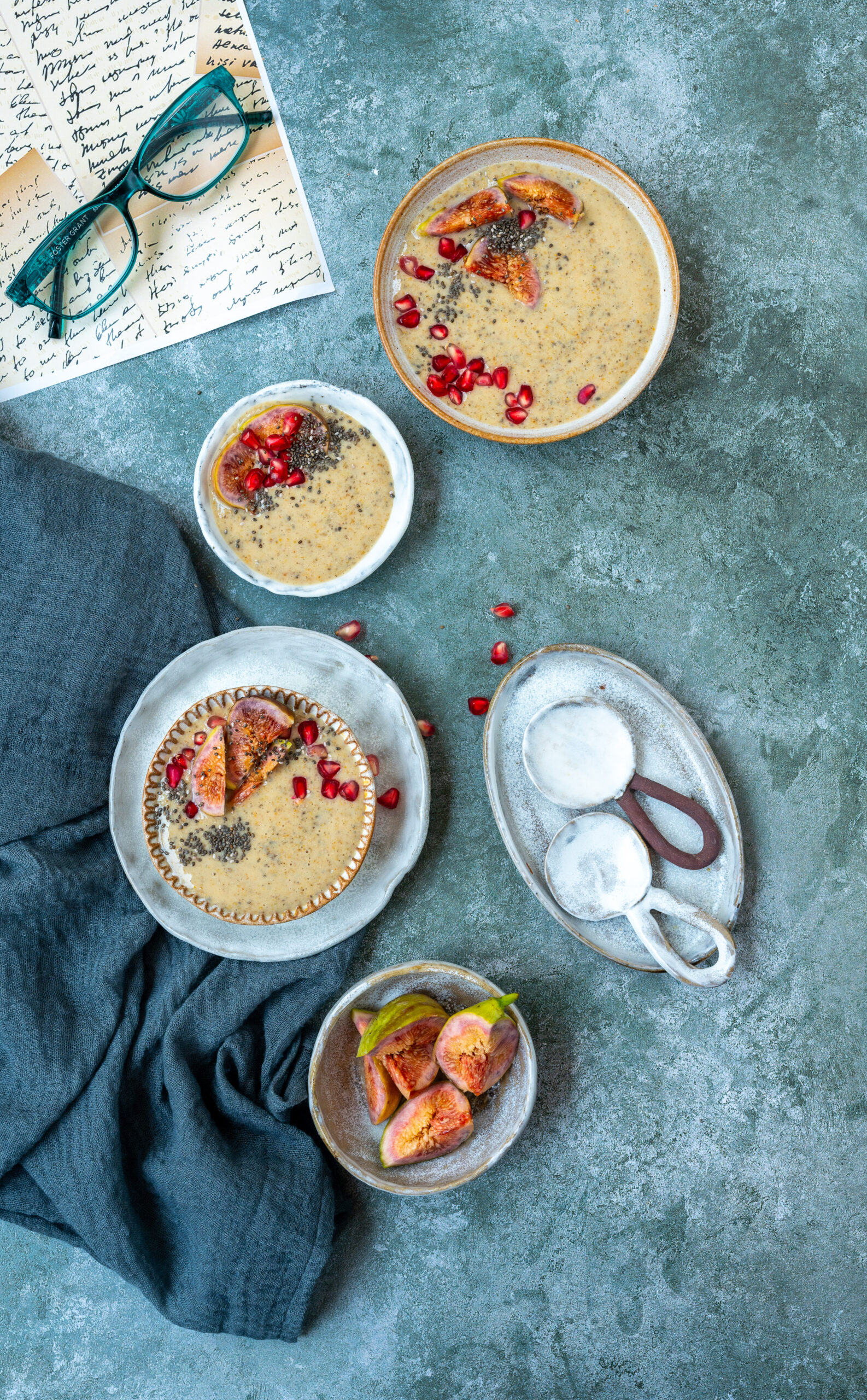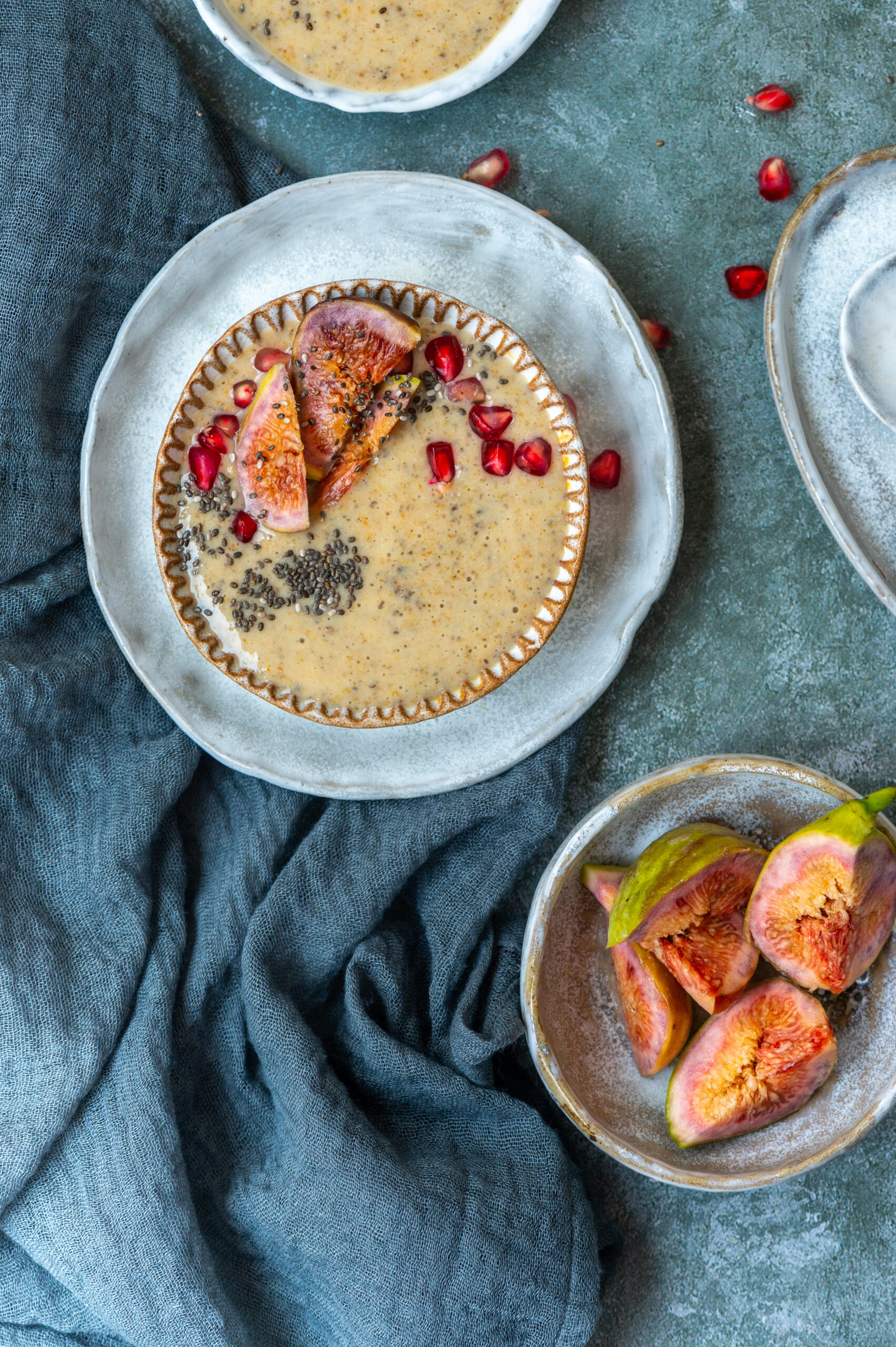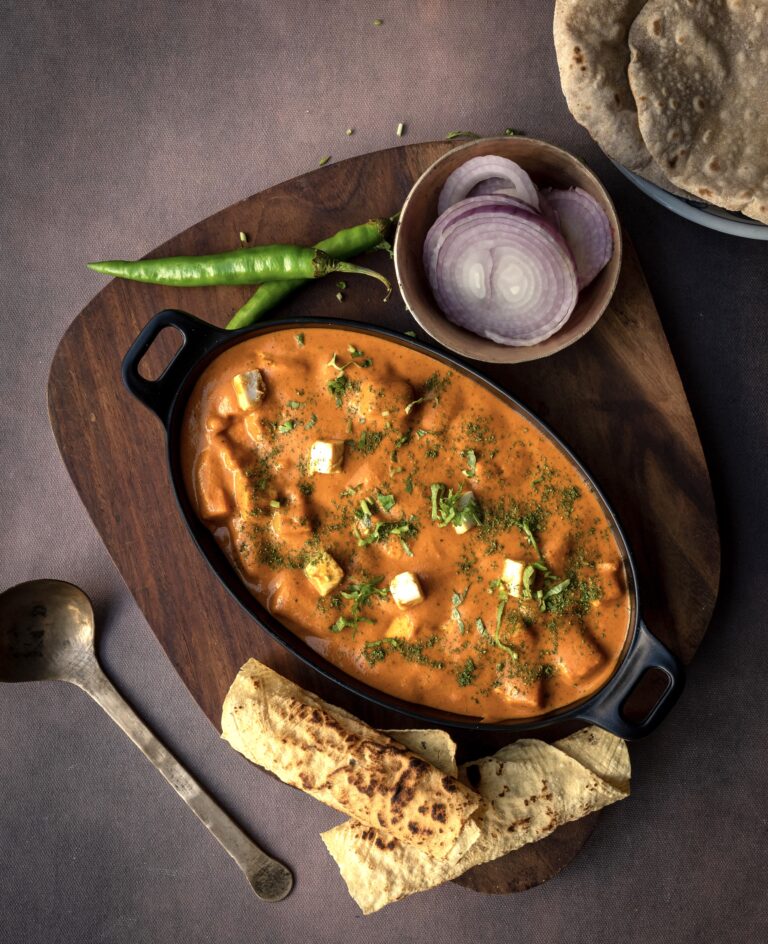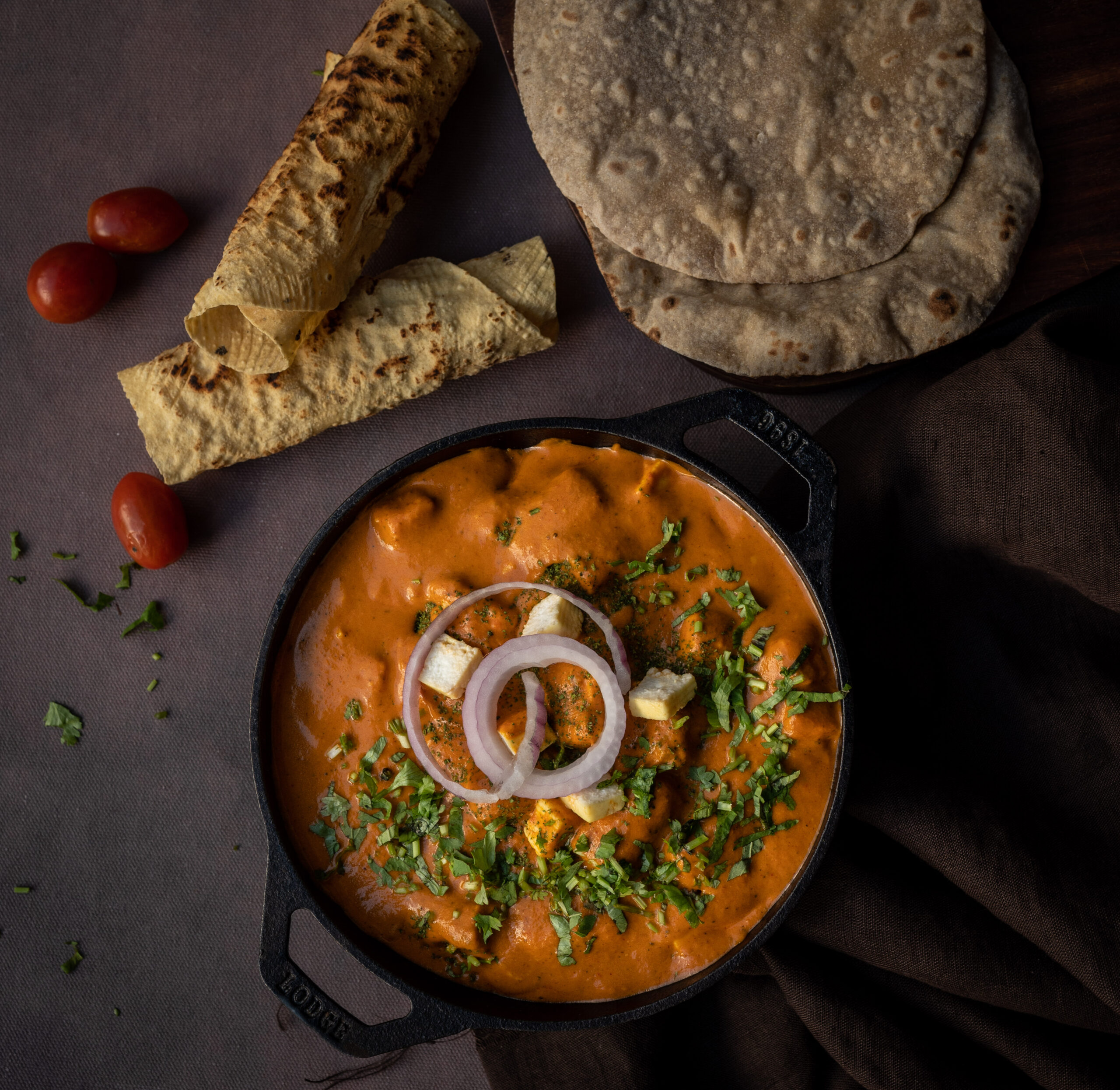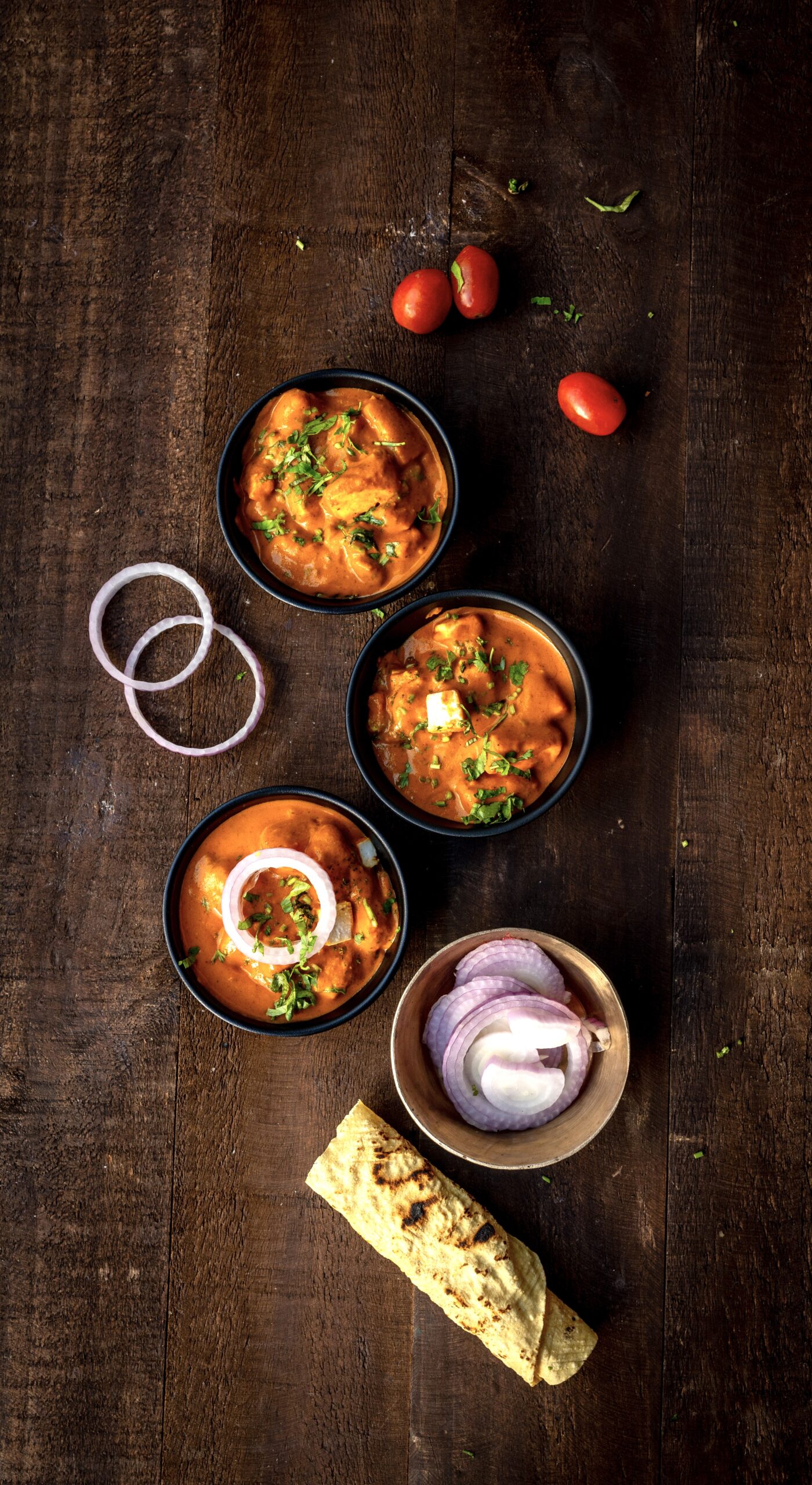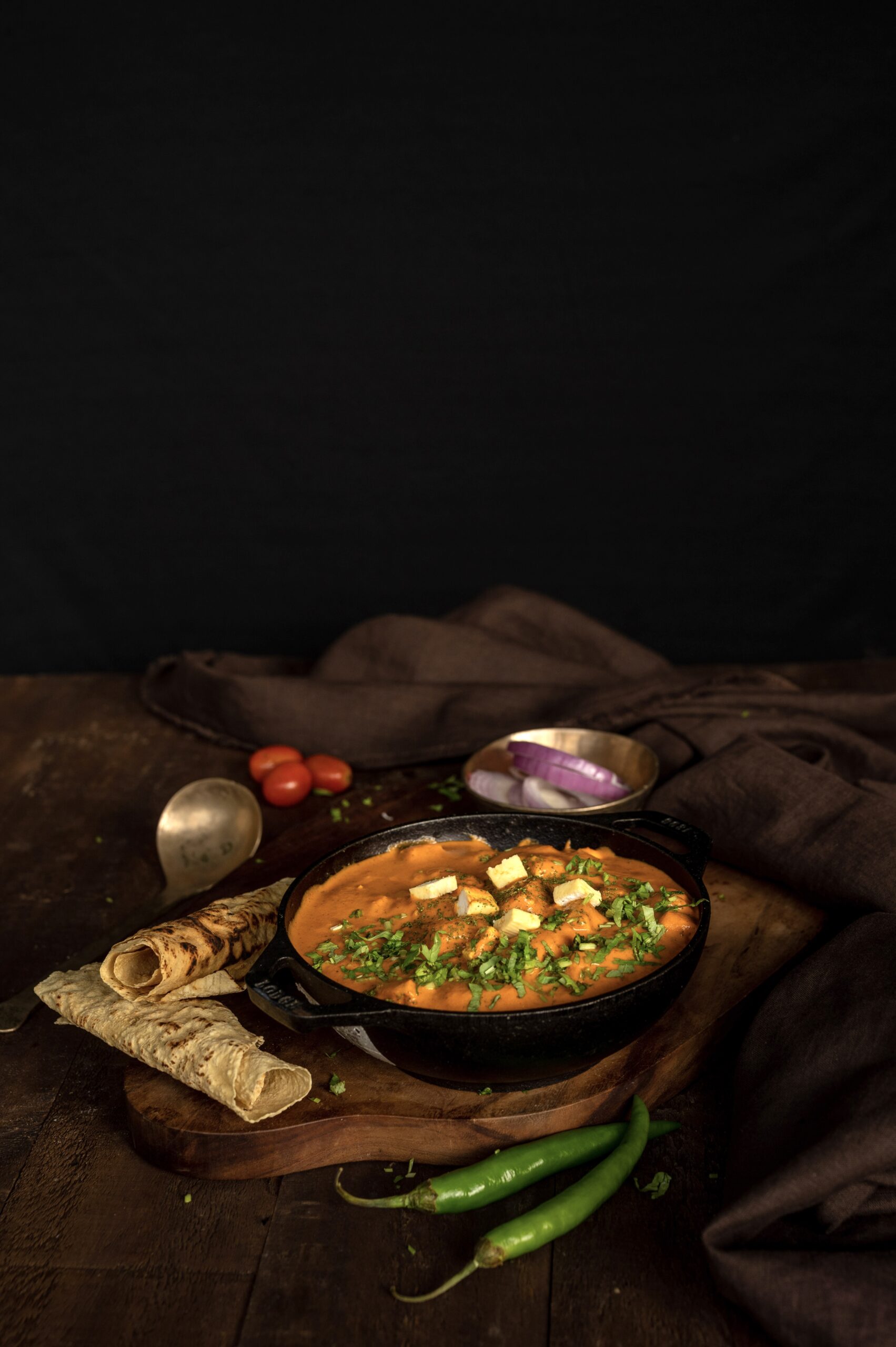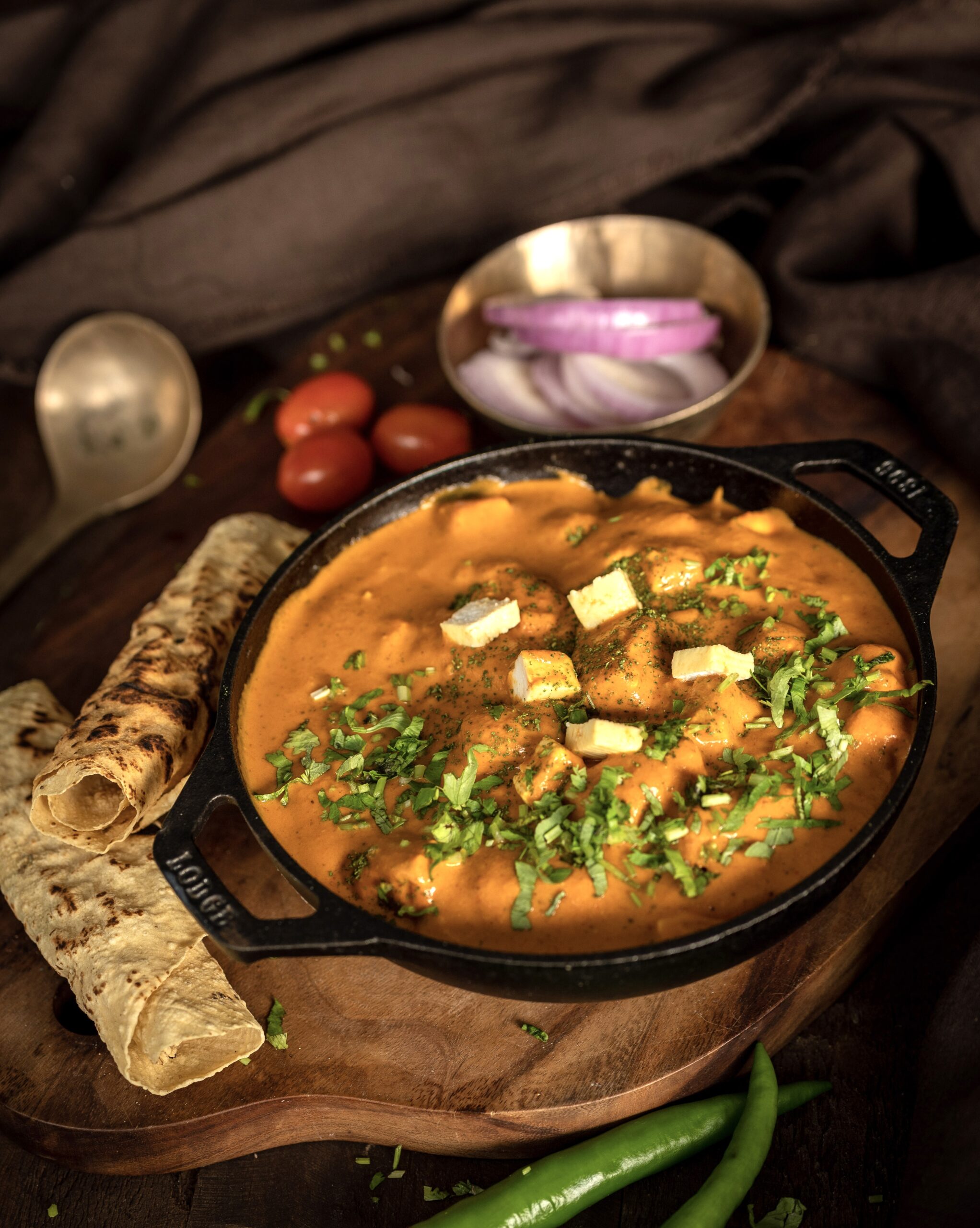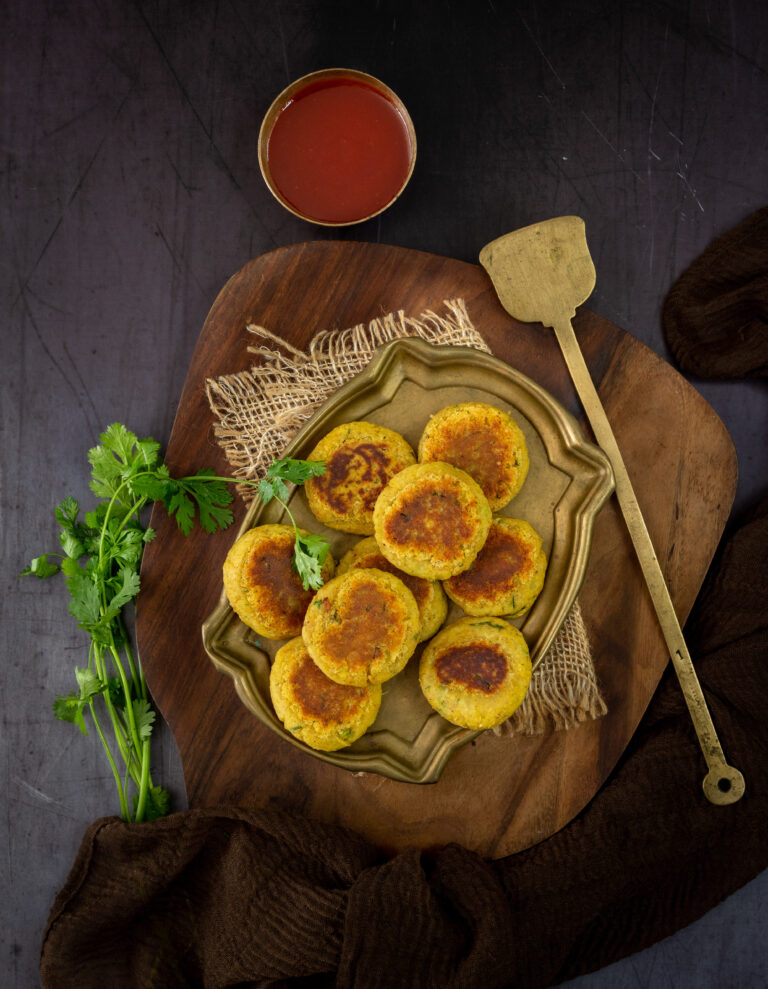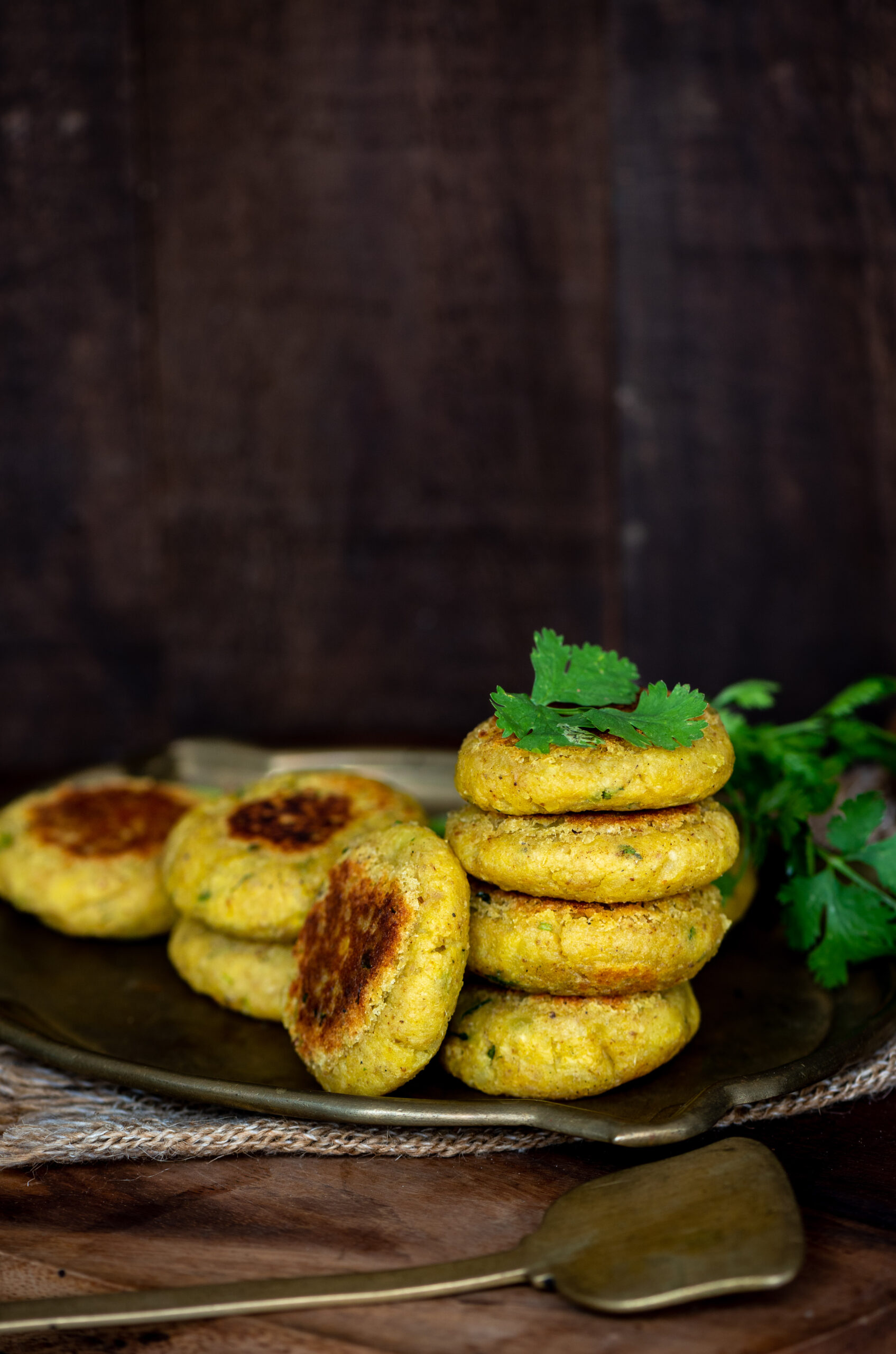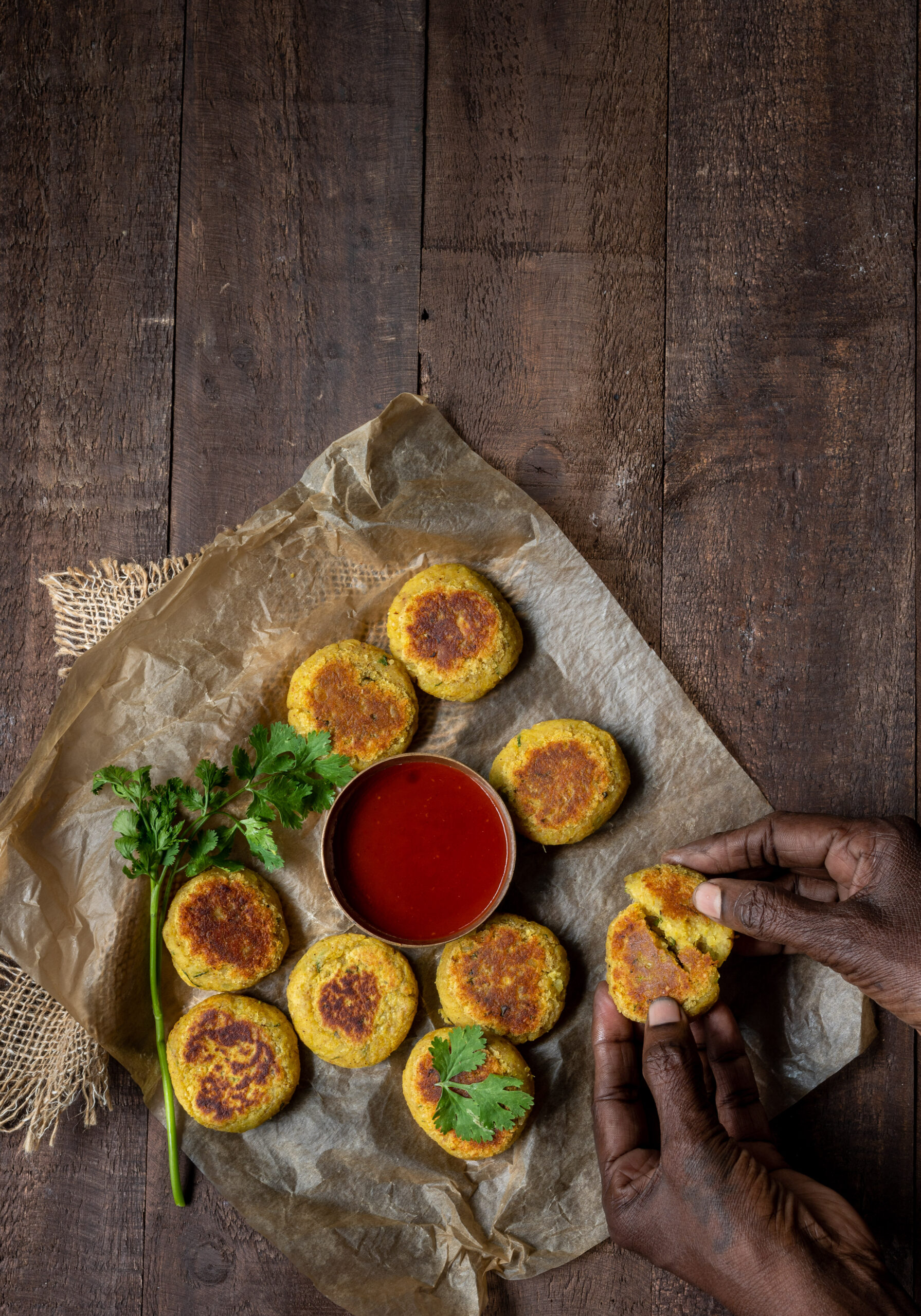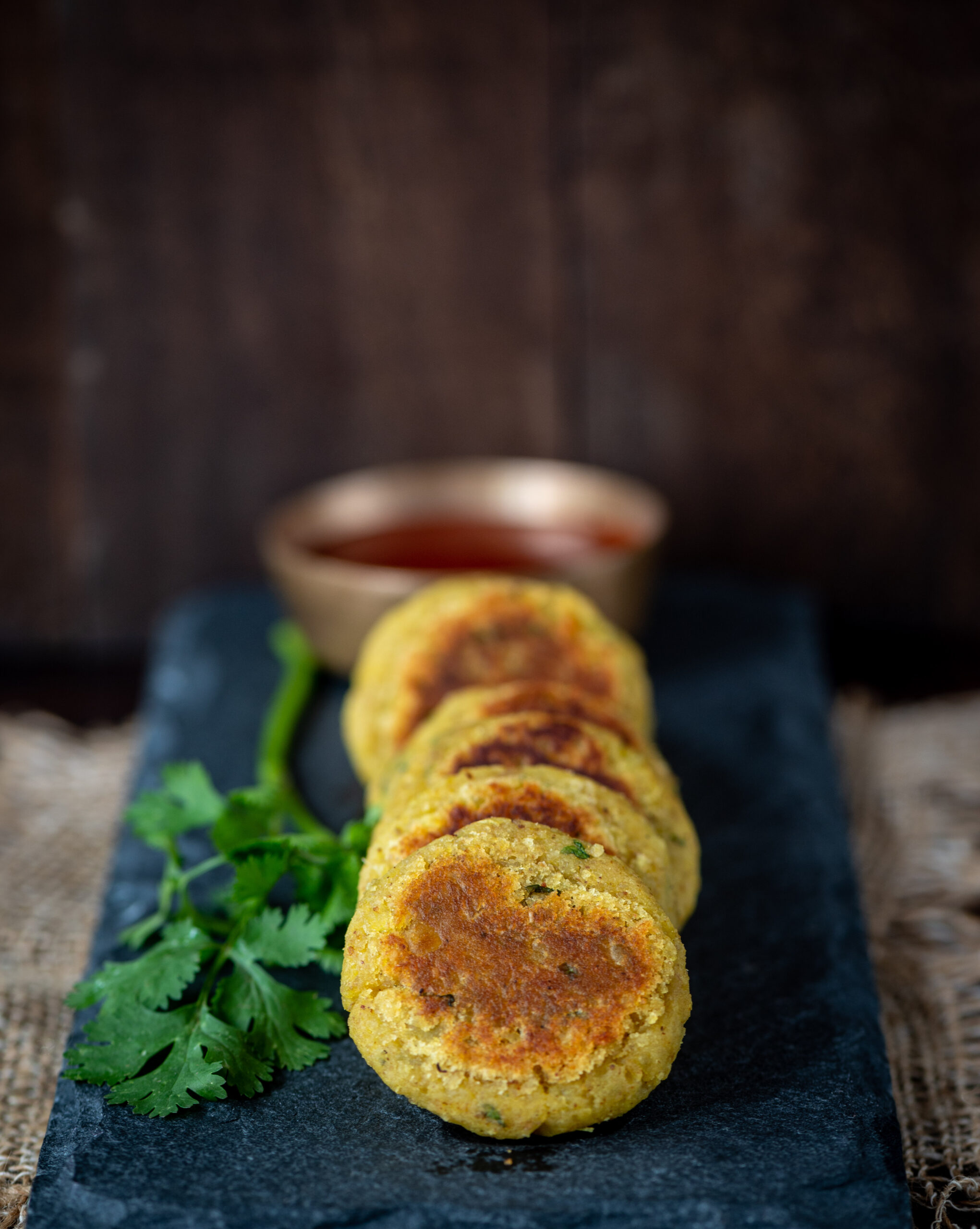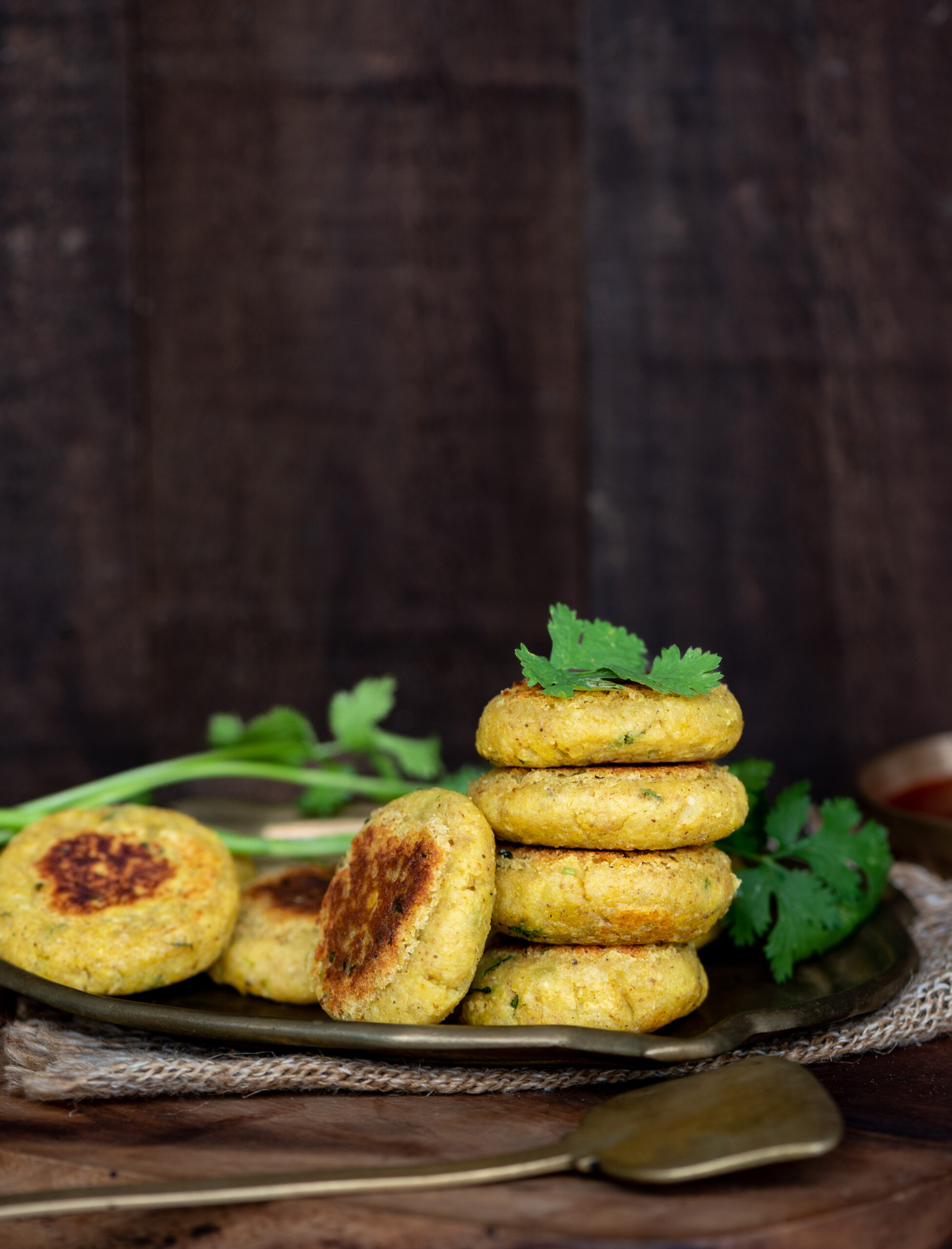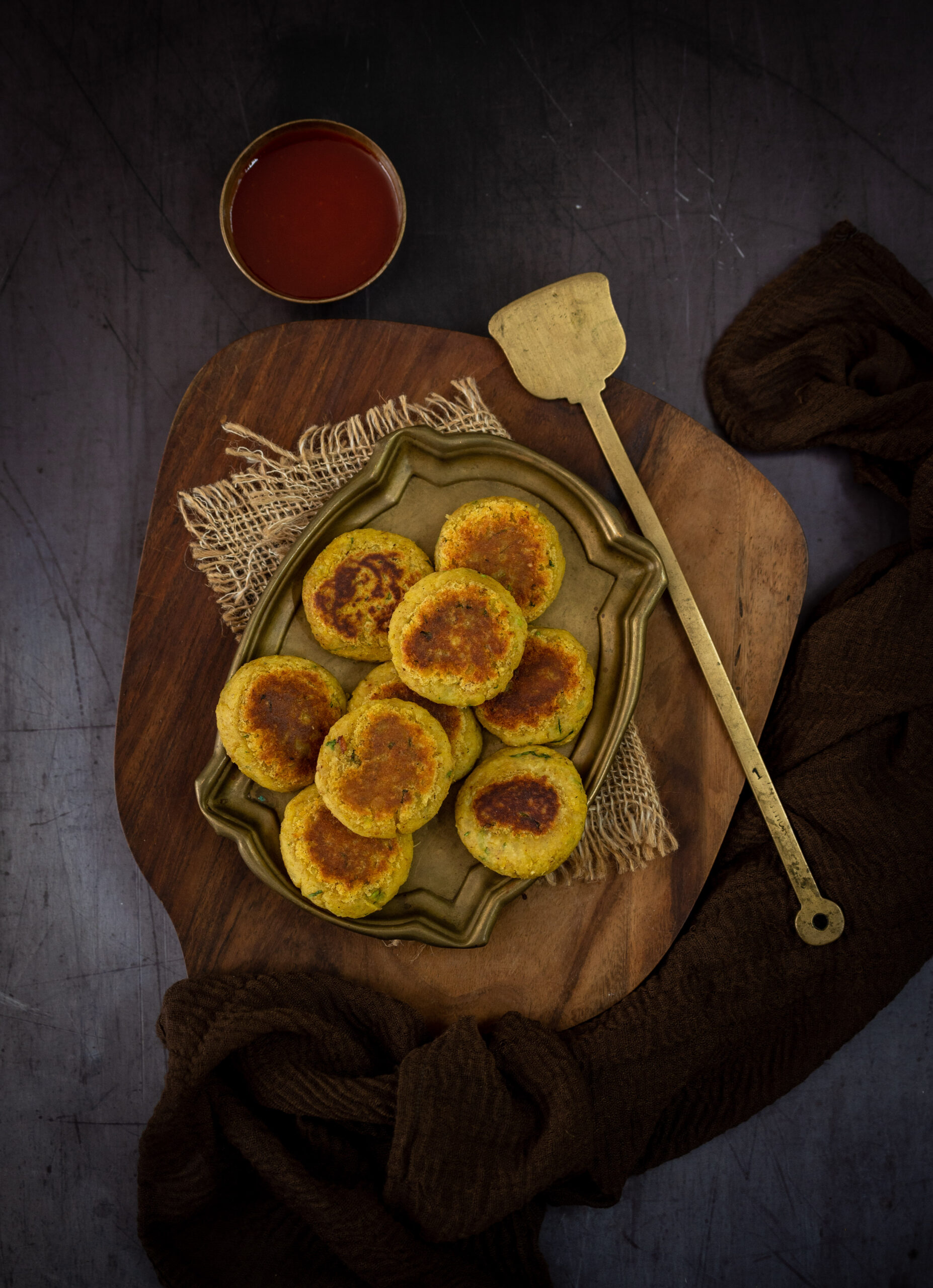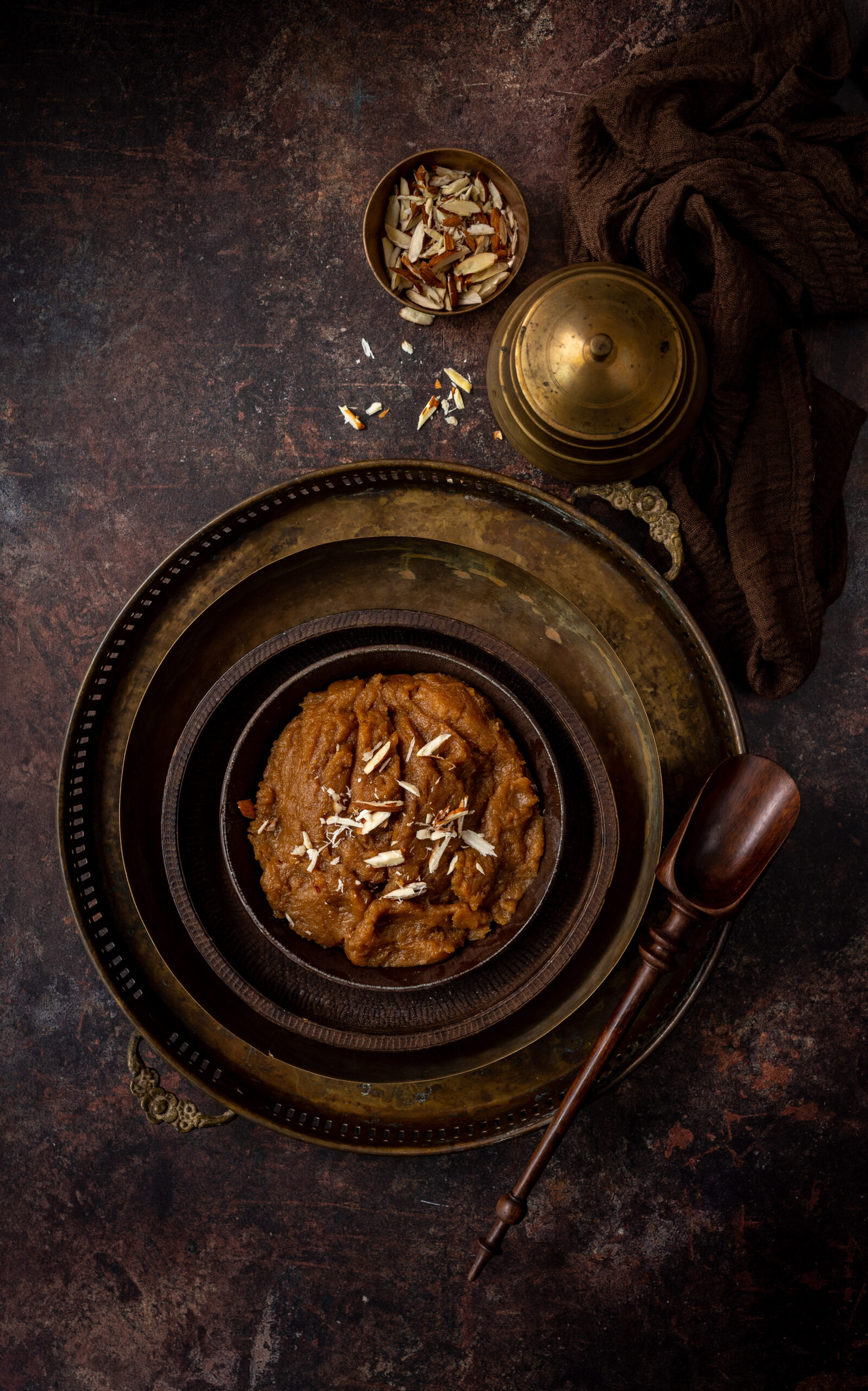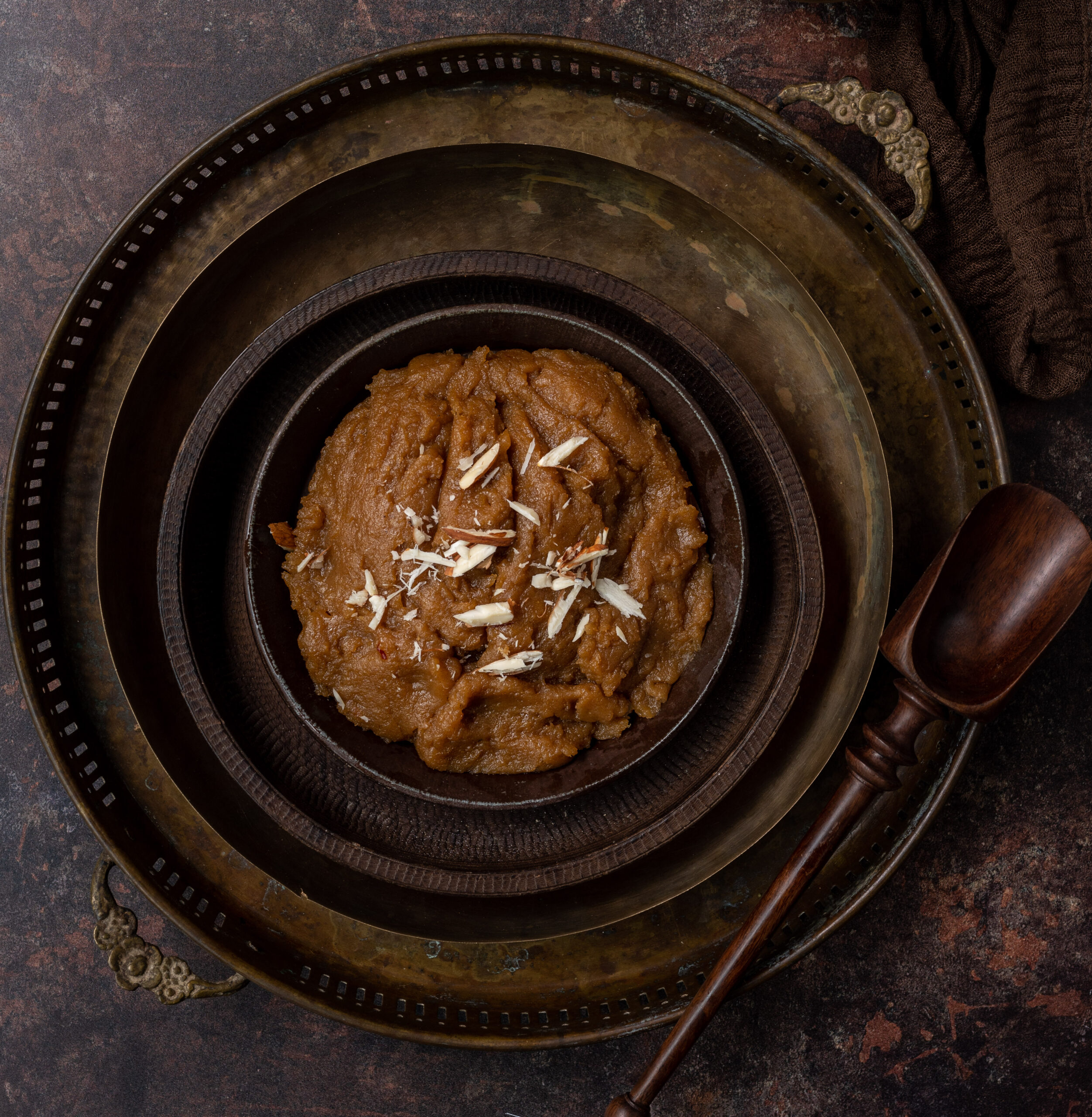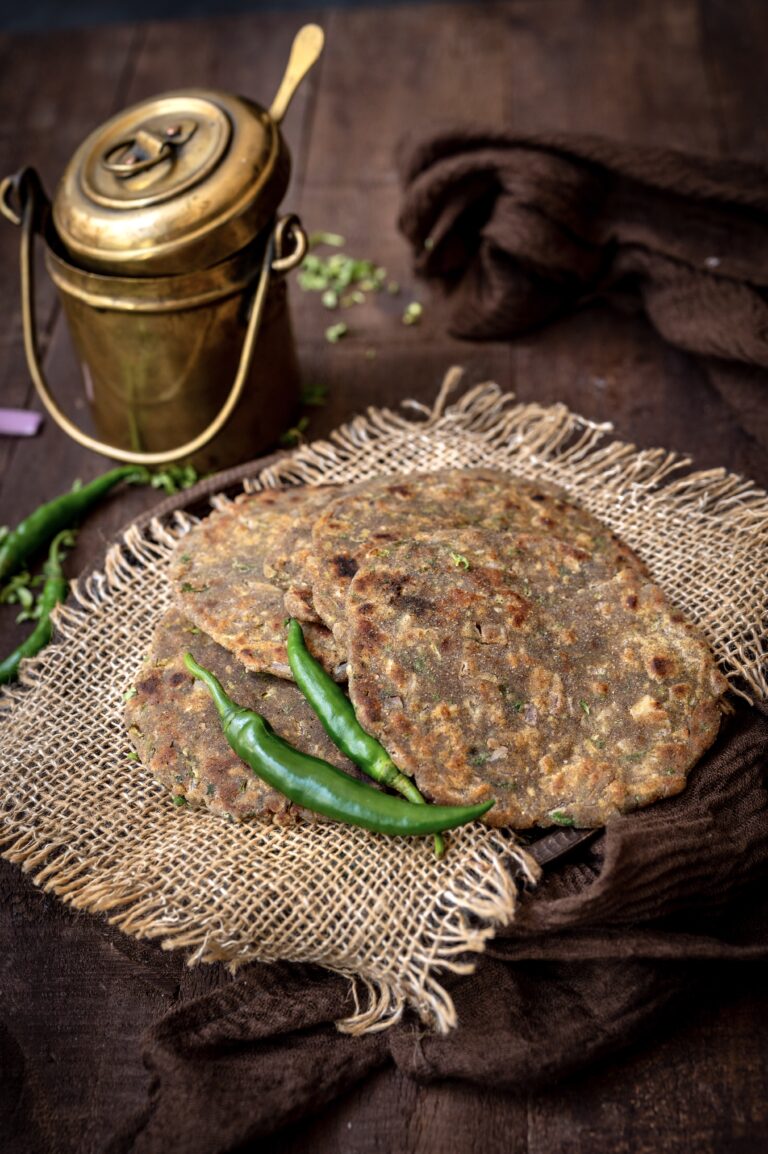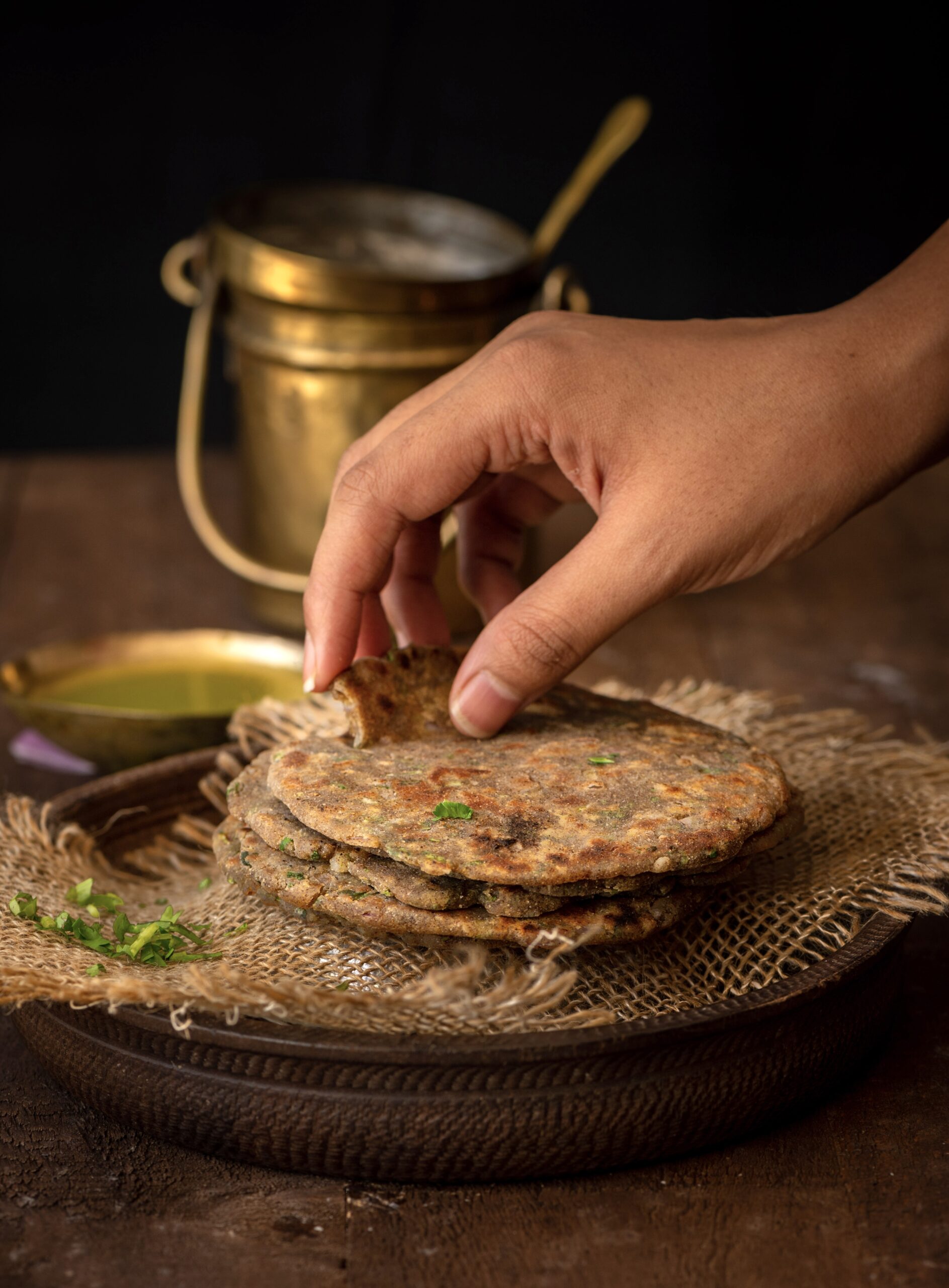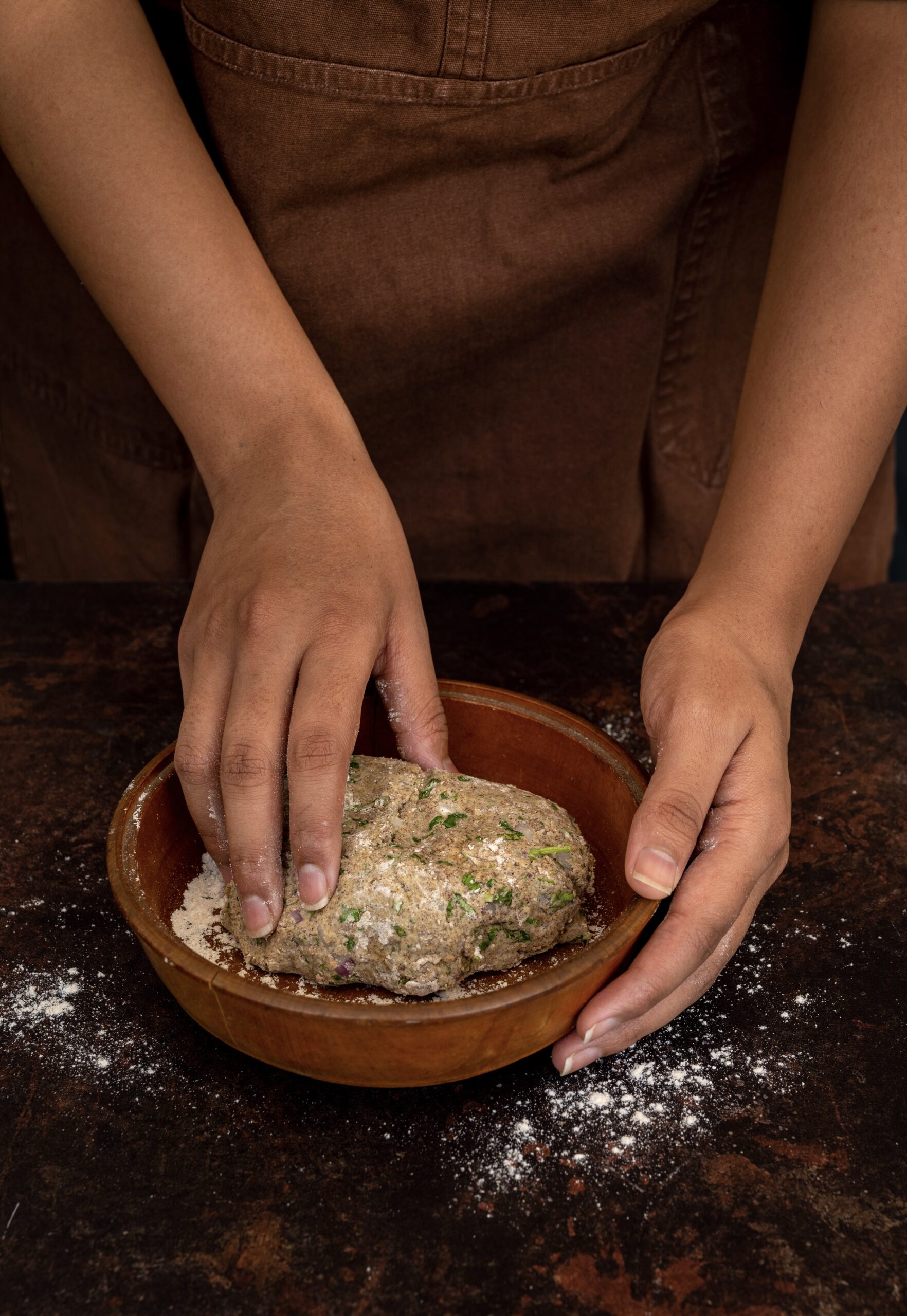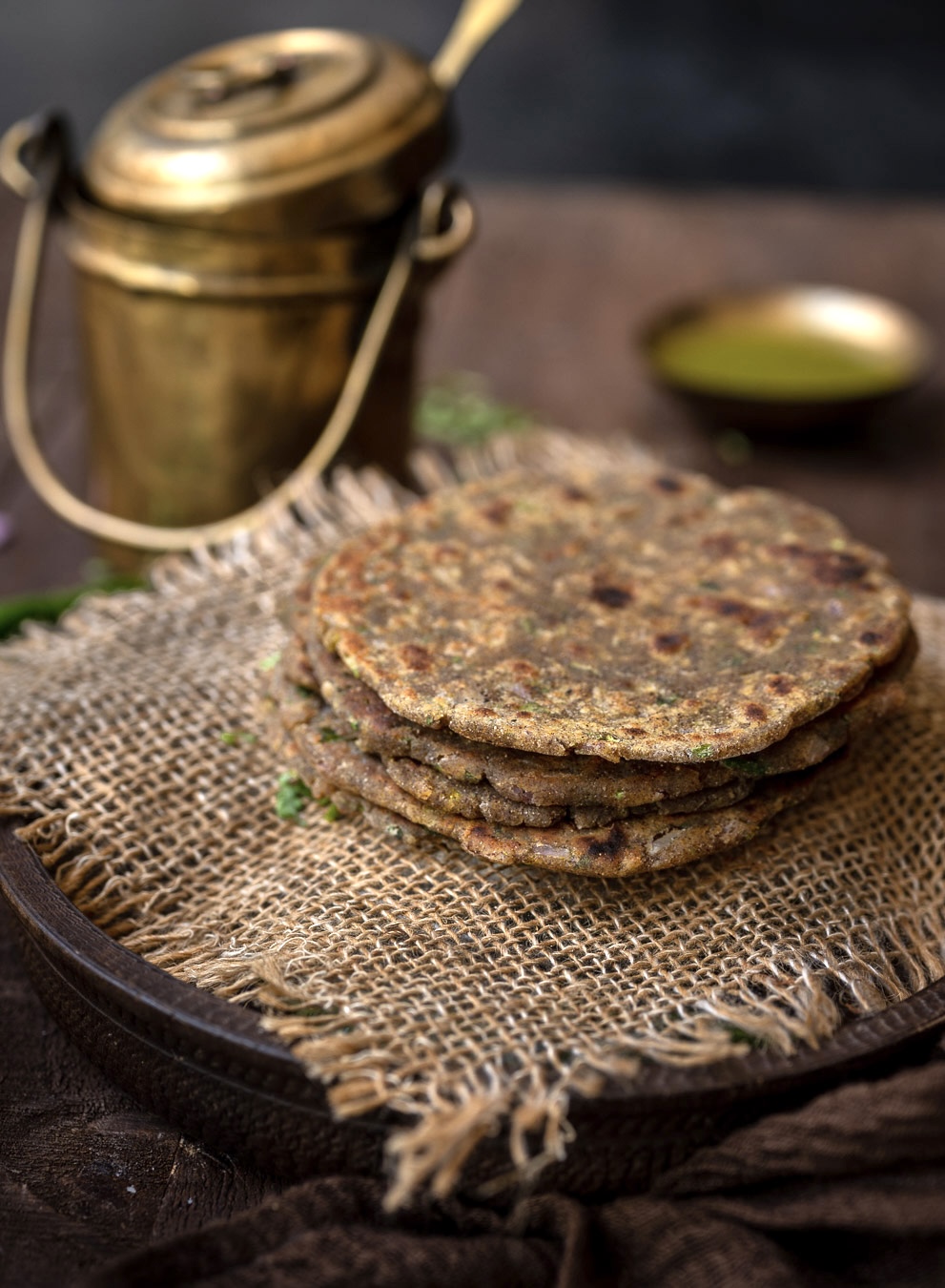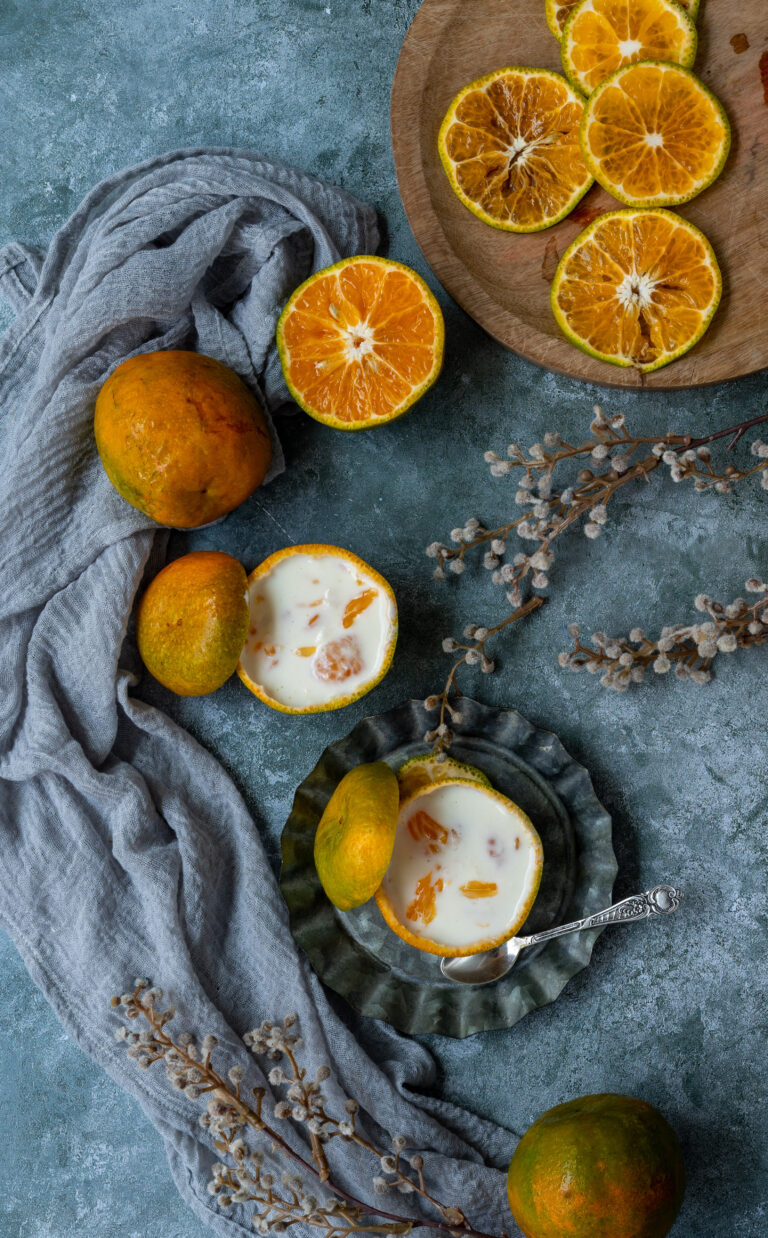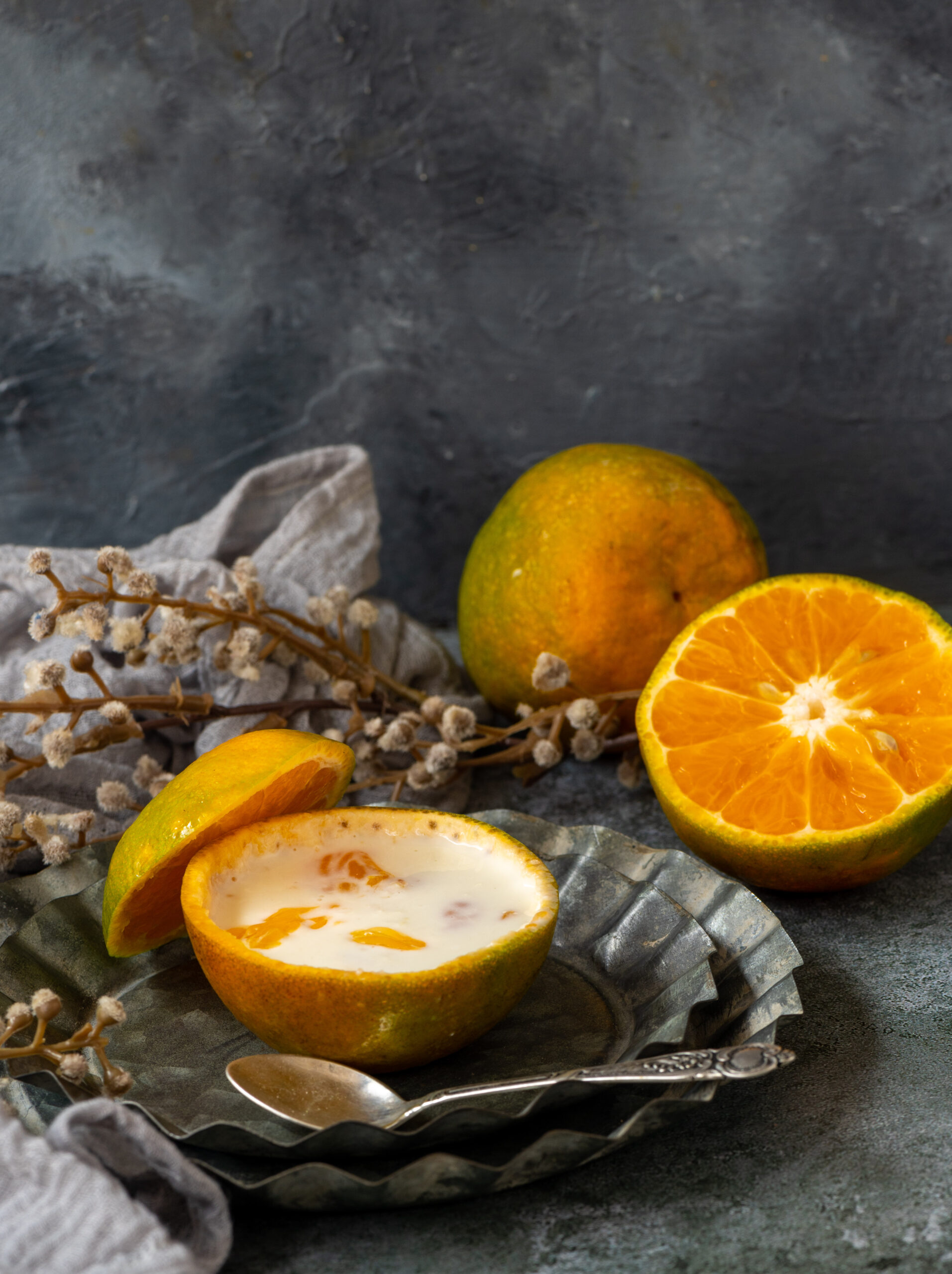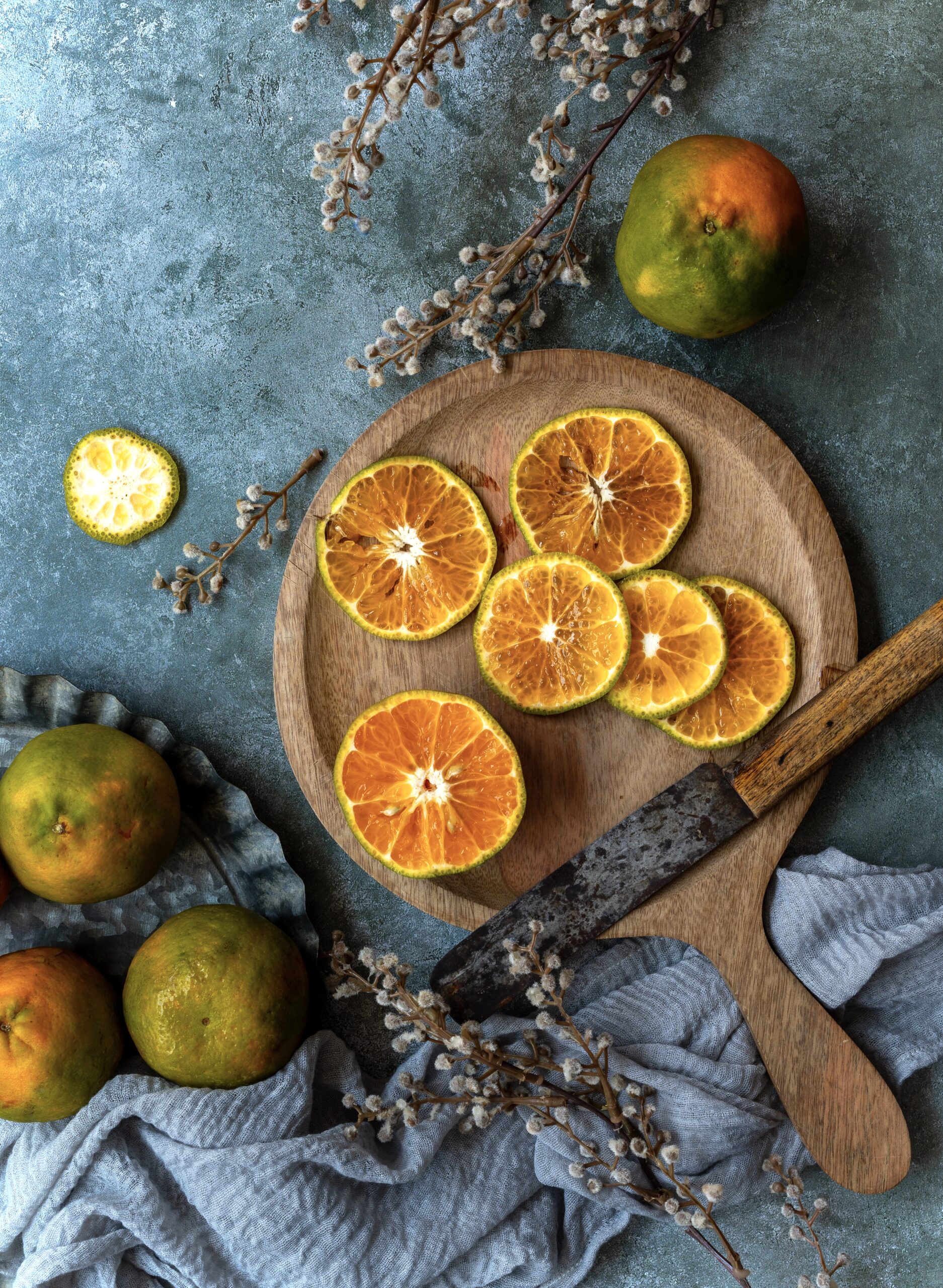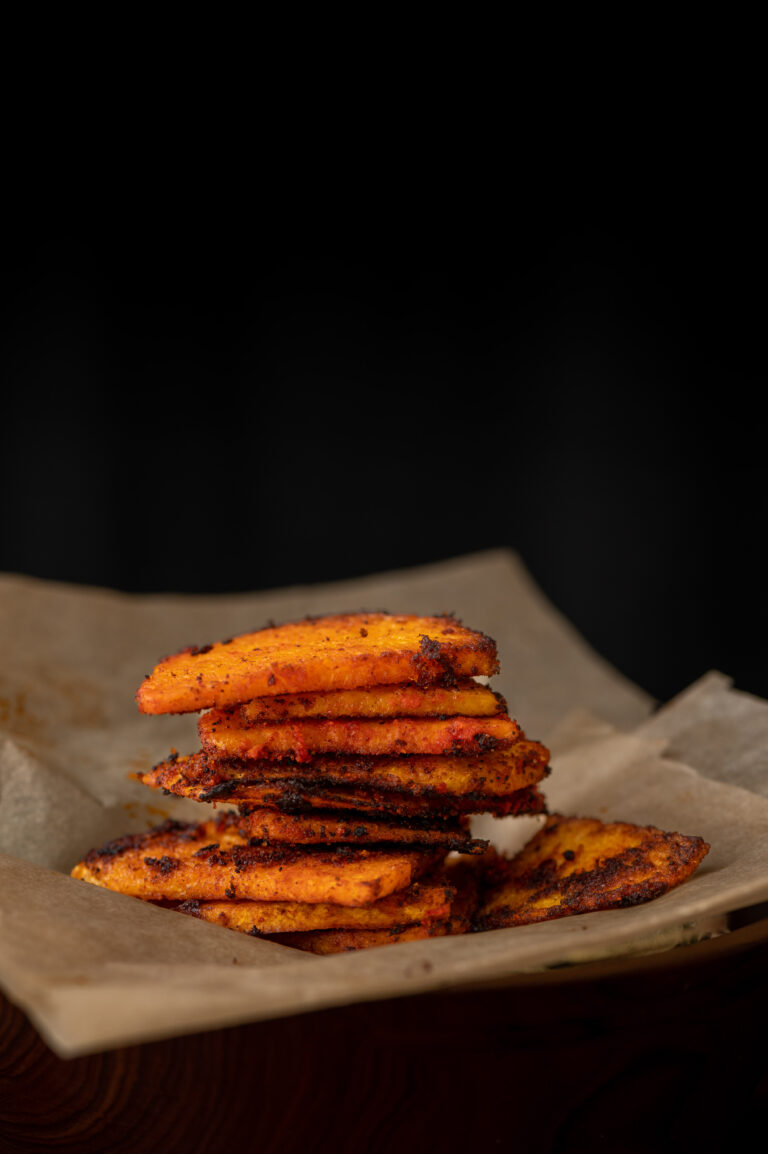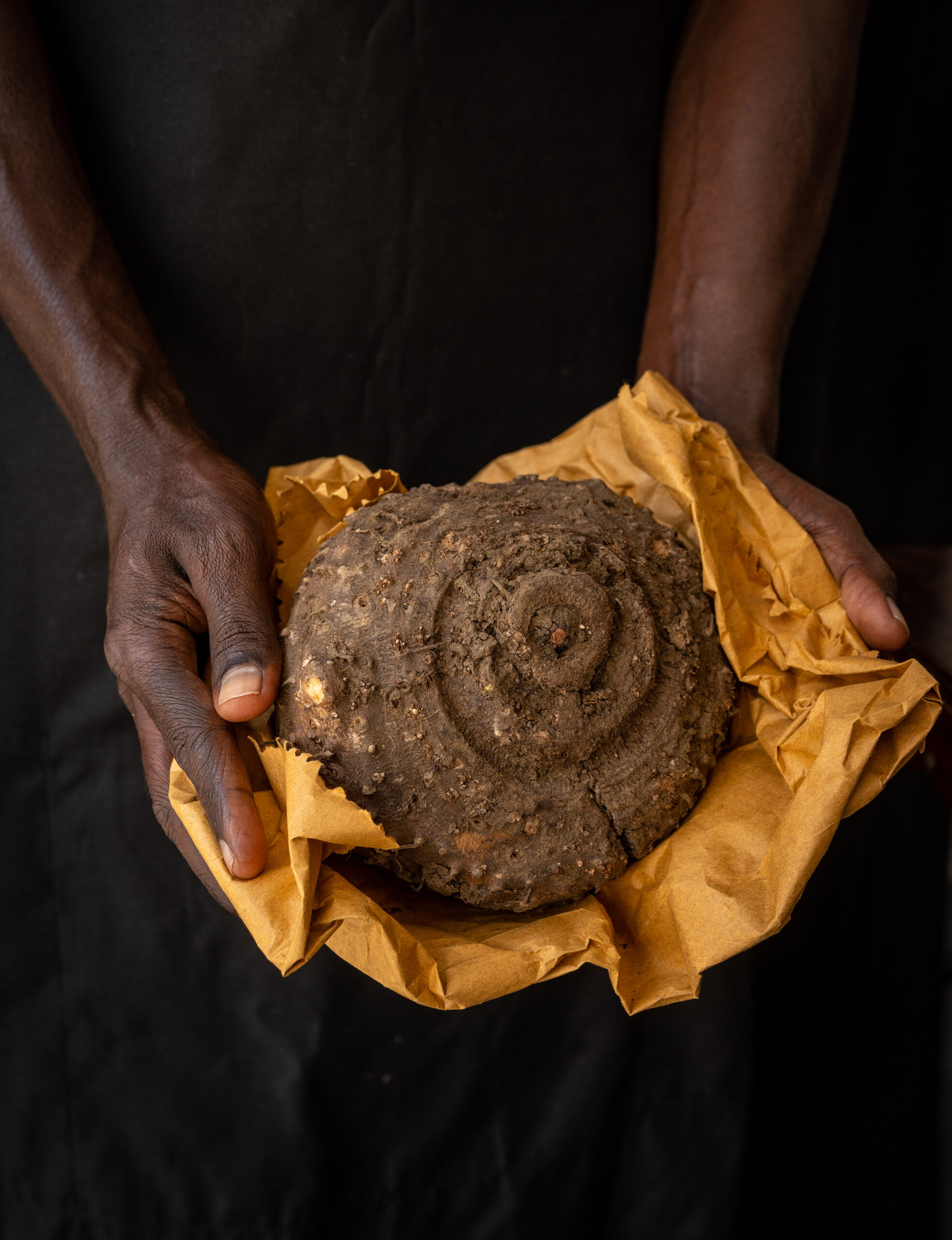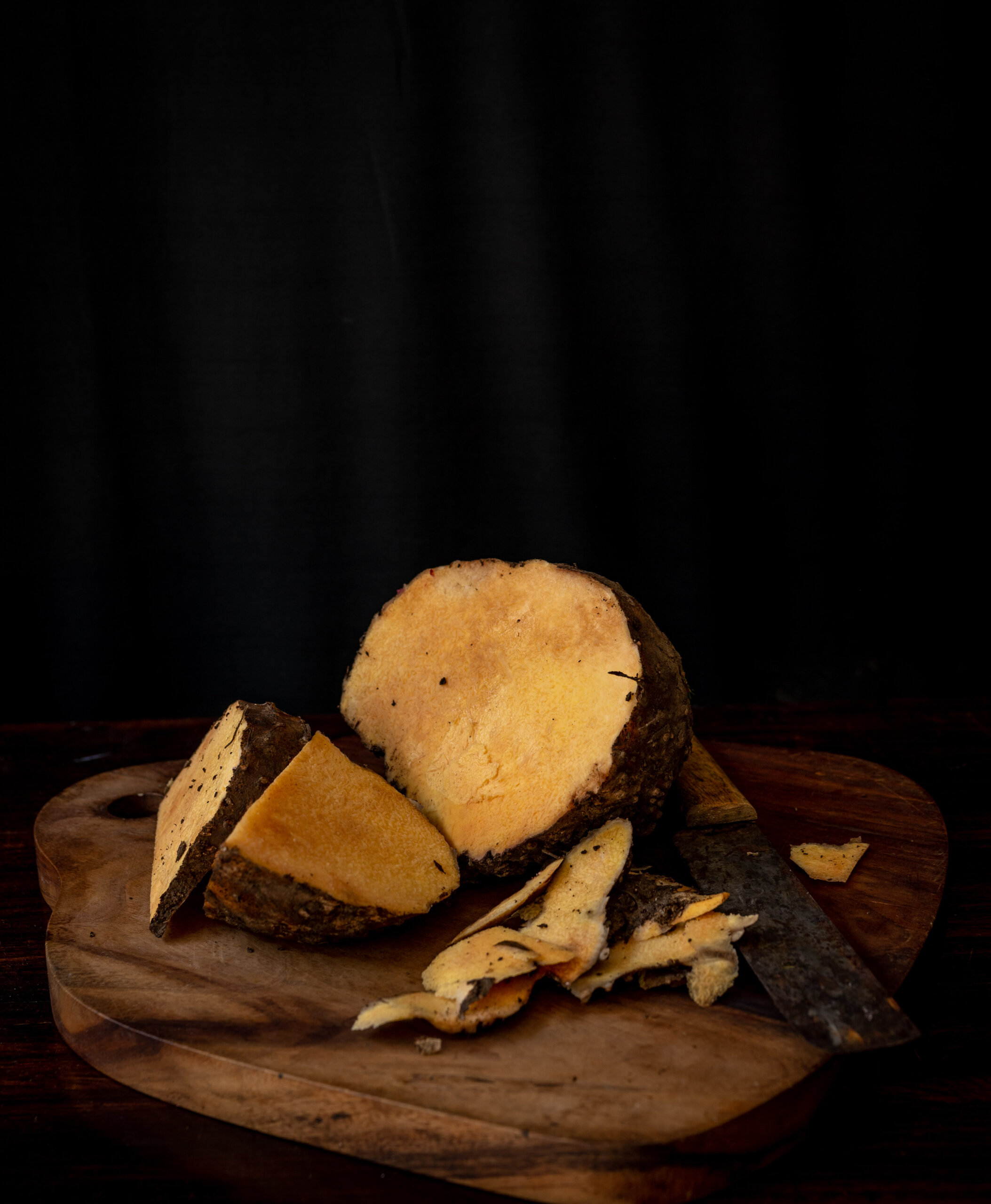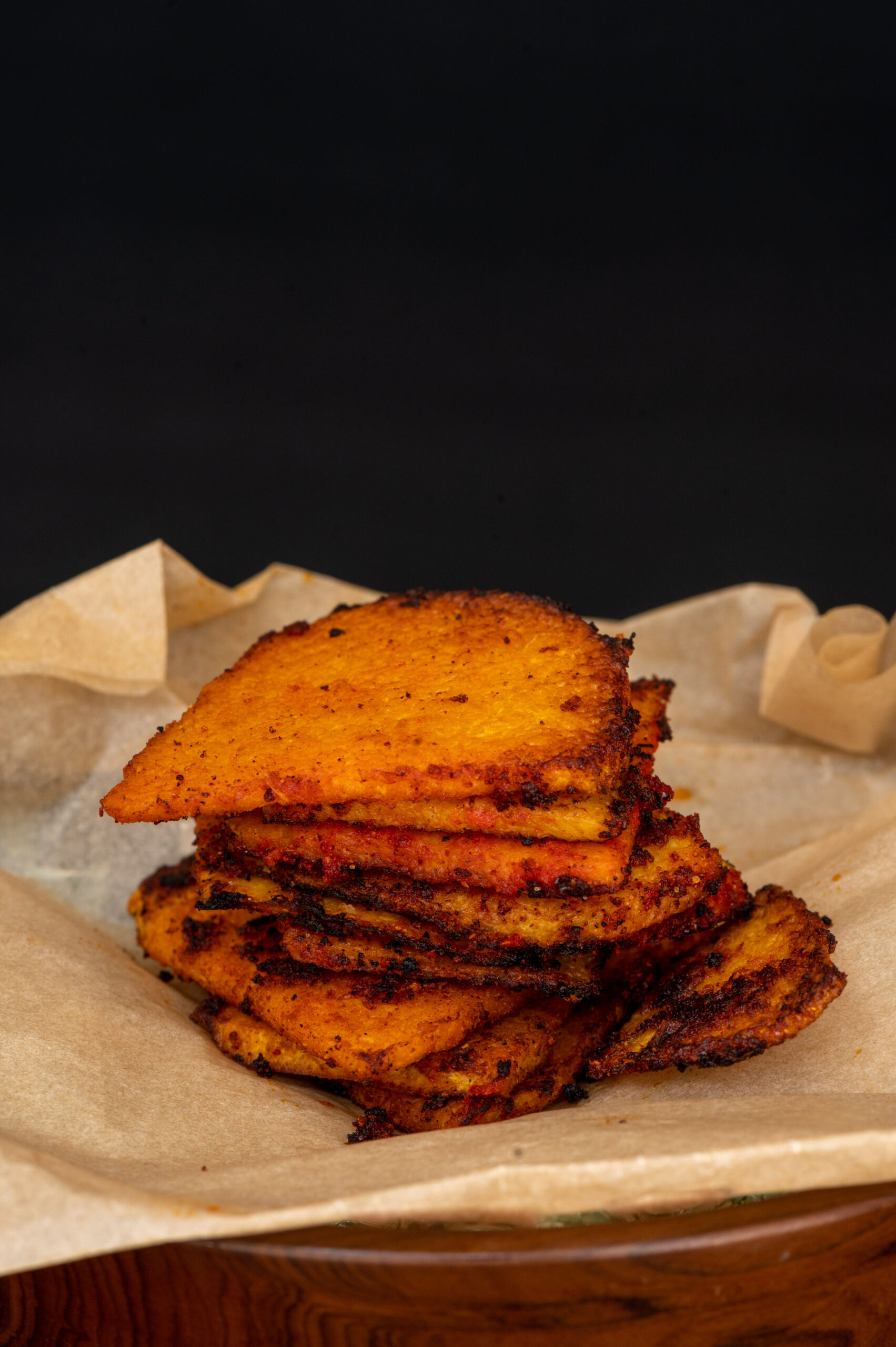Moringa leaves are considered a superfood by many. For us in South India, the moringa plant literally grows in our own backyards and we take it for granted. In fact, the English word comes from the Tamil word for the plant – “murunga”. As you may know, my family are Gujaratis who have been settled in Tamil Nadu for generations, so it was very much a staple ingredient in my growing years. It was just convenient for my mother to go to the back garden, pluck some moringa leaves, chop them up, cook them and throw them into our theplas if there were no methi (fenugreek) leaves on hand. Moringa leaves are versatile that way, and lately I’ve been taking my mother’s Gujarati-Tamil fusion to another level with a Continental-Tamil fusion: moringa leaves omelette.
Unlike other green leaves, moringa cannot be eaten raw and takes some time to cook. Also, the stalks are not usually consumed, as they can cause indigestion. Funnily enough, I have noted that the stalks can be safely used in soups. The vegetable of the tree, which is commonly known as drumstick, is certainly edible of course.
If you don’t have access to fresh moringa leaves in your part of the world, you can easily replace this ingredient with kale or another type of leafy green, or with moringa powder. I make moringa powder at home, since the method is quite easy during the summers. I pluck the leaves, pat them to clean them, and leave them out in the sun. The heat at this time of year is so intense that the leaves dry up in just a few hours. I then dry-blend them to create the powder. I usually prepare about six months’ worth of stock, to reach for when I don’t have fresh moringa leaves or the time to go out and pluck them for a dish.
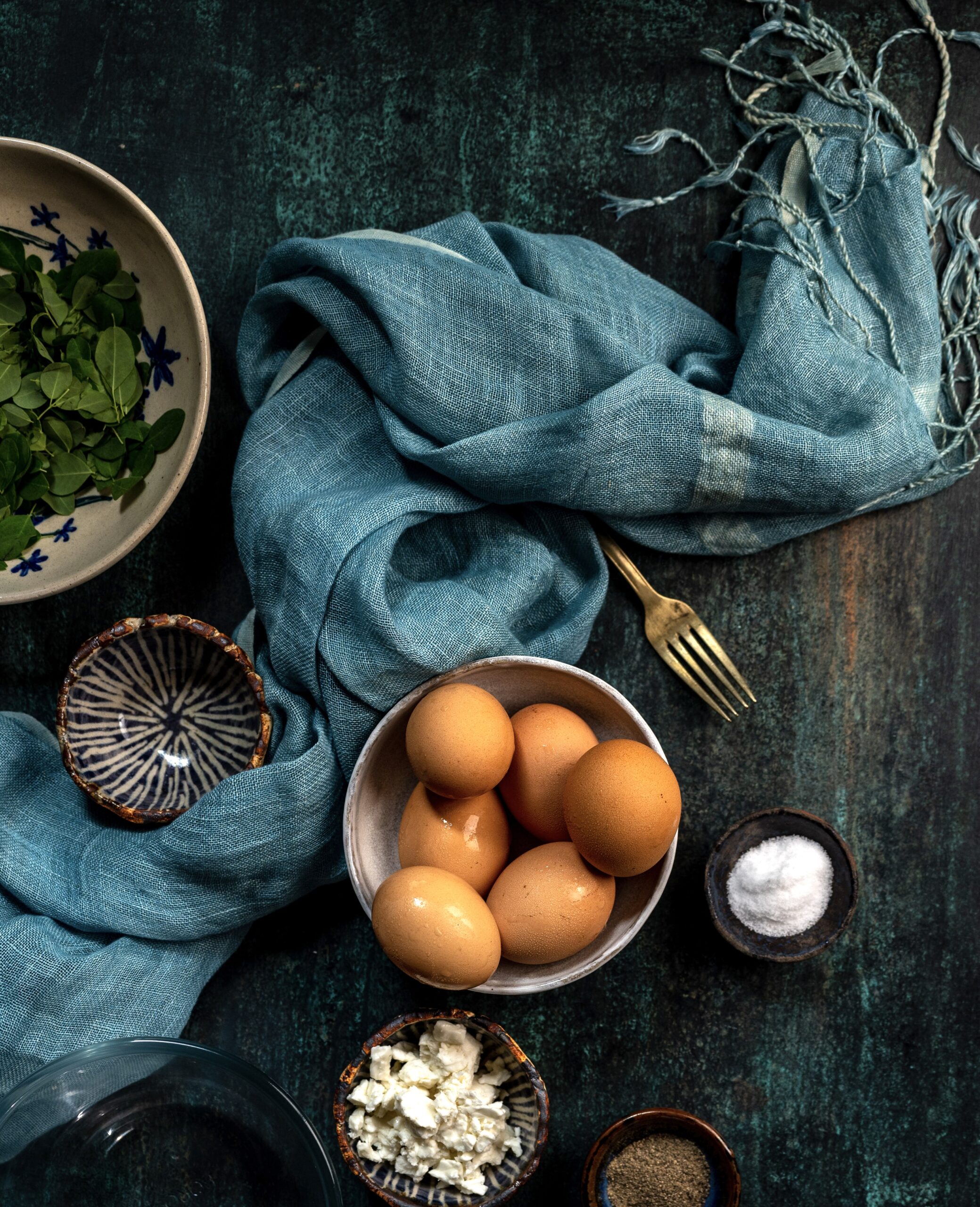
The eggs I use in this recipe come from our hens – happy, bullying free range hens that produce organic eggs. I use the whole egg, and I don’t believe in removing the yolk, which is full of nutritious goodness, including protein. While I’m on that thought, I should also say that I don’t believe in using skim milk. Skim milk is processed milk; I would much rather drink natural milk with all the fat in it and retain all the nutrients we are supposed to get.
I realise that vegetarians or vegans may be wondering if there’s any chance of salvaging this recipe for them, and this is what I suggest: besan chilla is often known as vegetarian omelette, and you can make it with moringa leaves. Moong dal is also a good substitute.
The idea for this recipe came because I had eaten eggs with spinach and feta cheese at many places, and one day I thought – why not moringa? Why not indeed, given that I routinely throw those leaves into dals, rotis and theplas just like my mother used to. It’s a very simple and very satisfying recipe, I hope you’ll try it out.
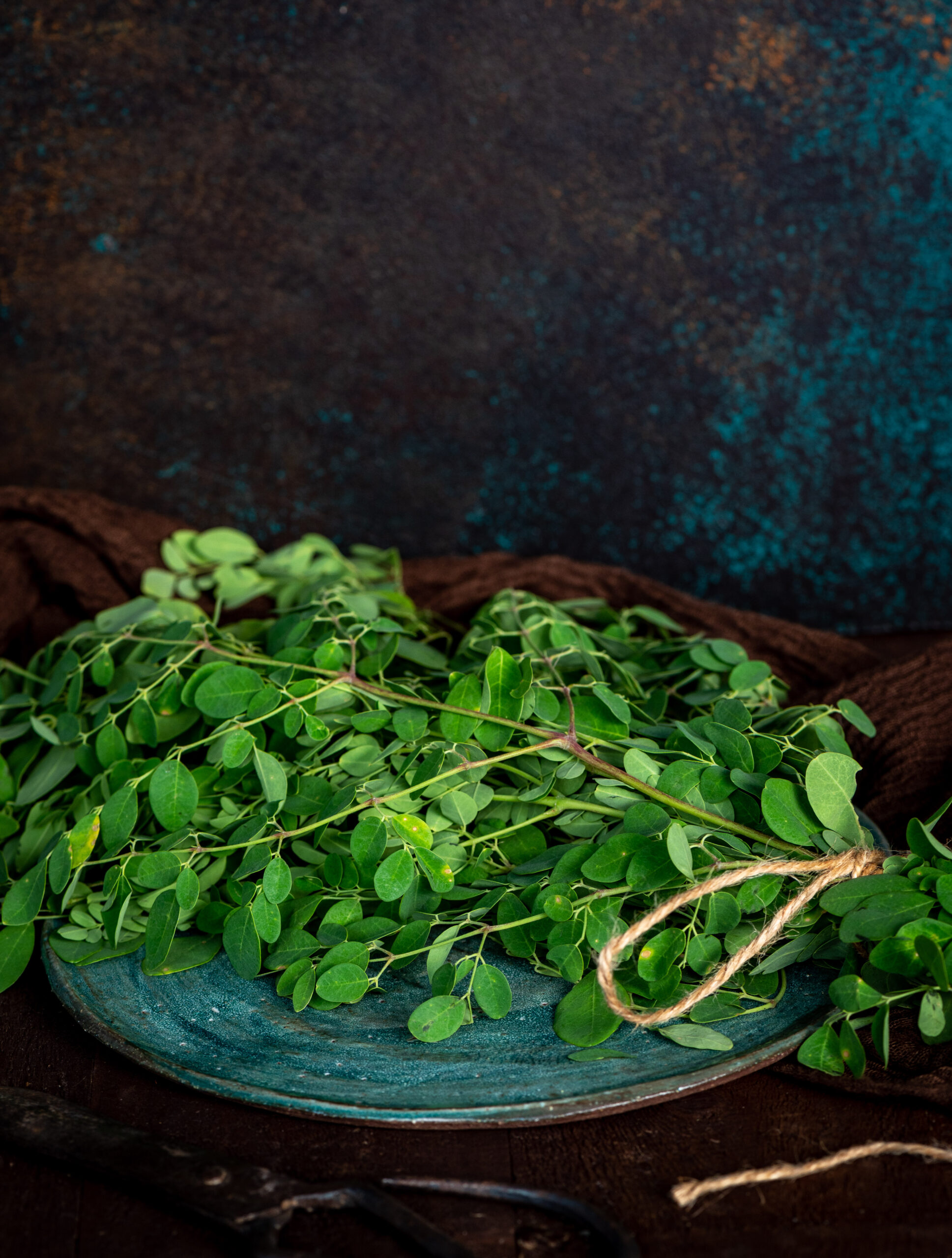
Moringa Leaves Omelette
(Yield: 1 omelette)
2 eggs
½ cup finely cut moringa leaves
Salt to taste
A pinch of pepper
¼ cup feta cheese
1 tablespoon butter
Heat a pan and add the butter. Once it sizzles, add the moringa leaves. Allow to cook for a few minutes.
In a bowl, crack the eggs and beat them well. Now, add the sautéed moringa to the eggs and beat again.
Heat the pan again and pour the egg mixture into the pan. Allow to cook on a medium flame and then flip until both sides of your omelette are well done.
Serve with any garnish or accompaniment of your choice.
As you can see, this is a very easy recipe with minimal ingredients – moringa leaves, eggs, seasoning and some cheese (which is optional). If you’d like to boost both the protein and fusion quotients of this dish, you could even sprinkle some paneer on top. It will make the omelette more filling overall, as well.
Omelettes go well with any main meal, so I’d love to know what time of day you wind up eating this one! Let me know in the comments if you enjoy it.
